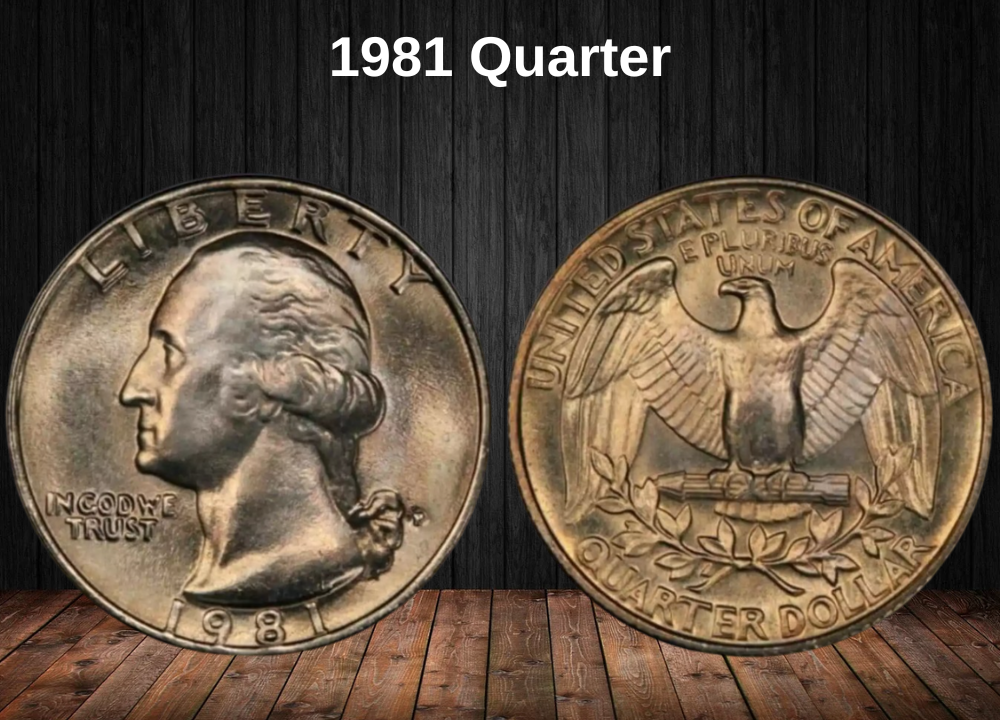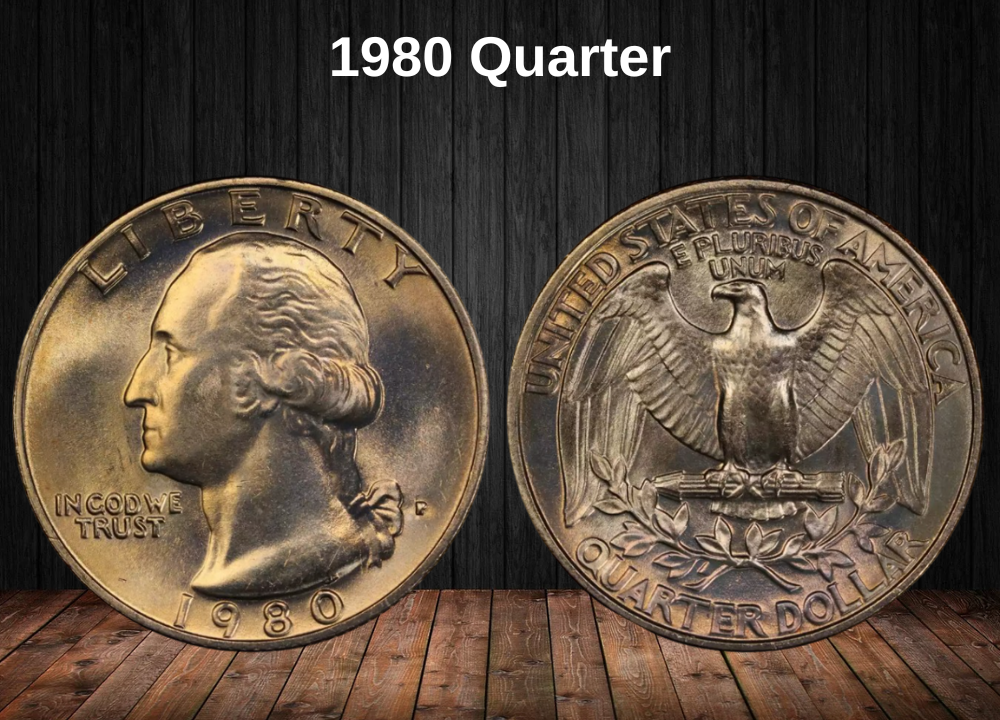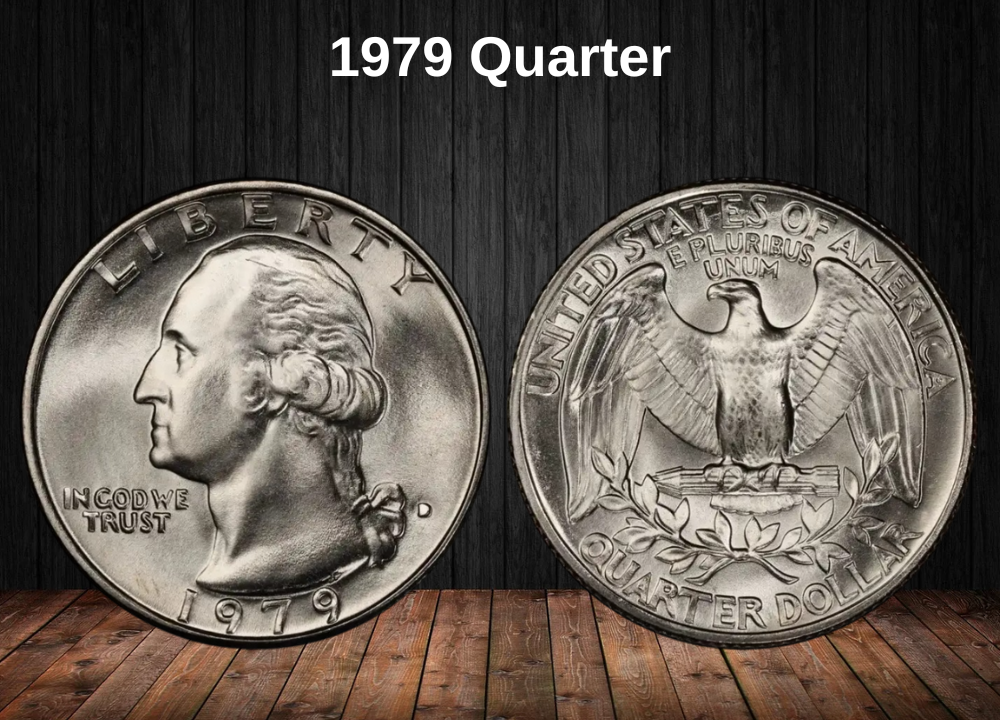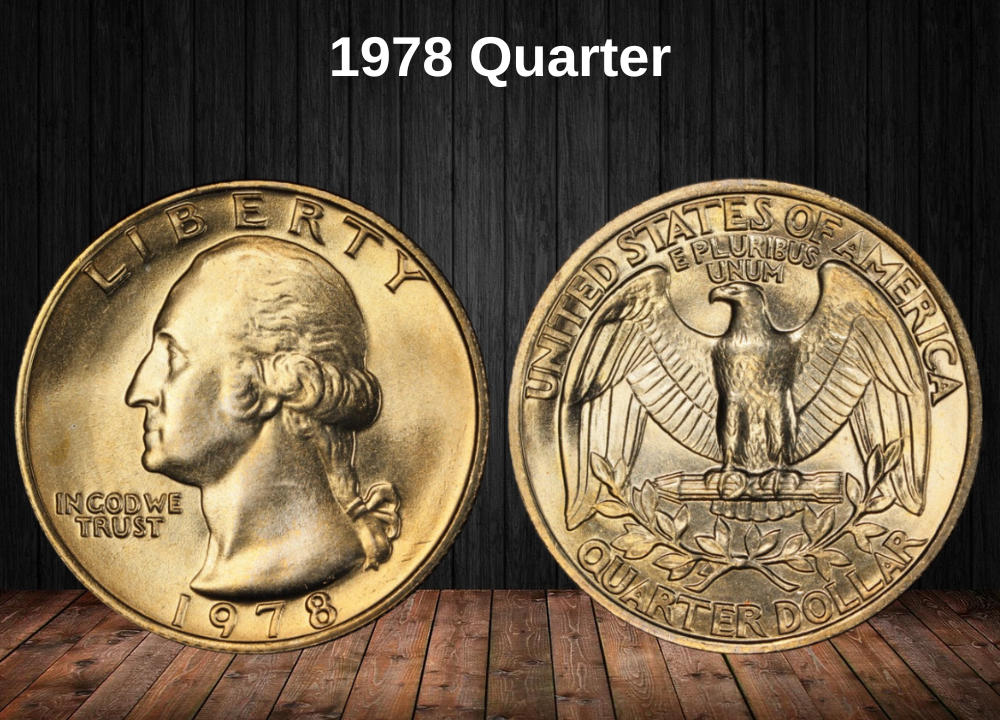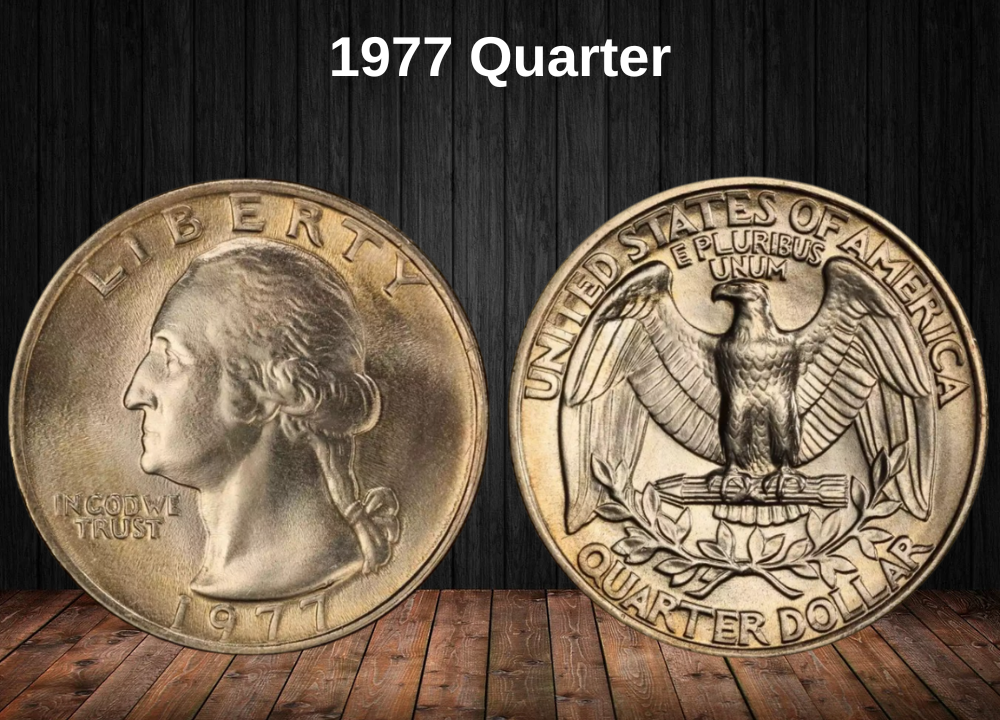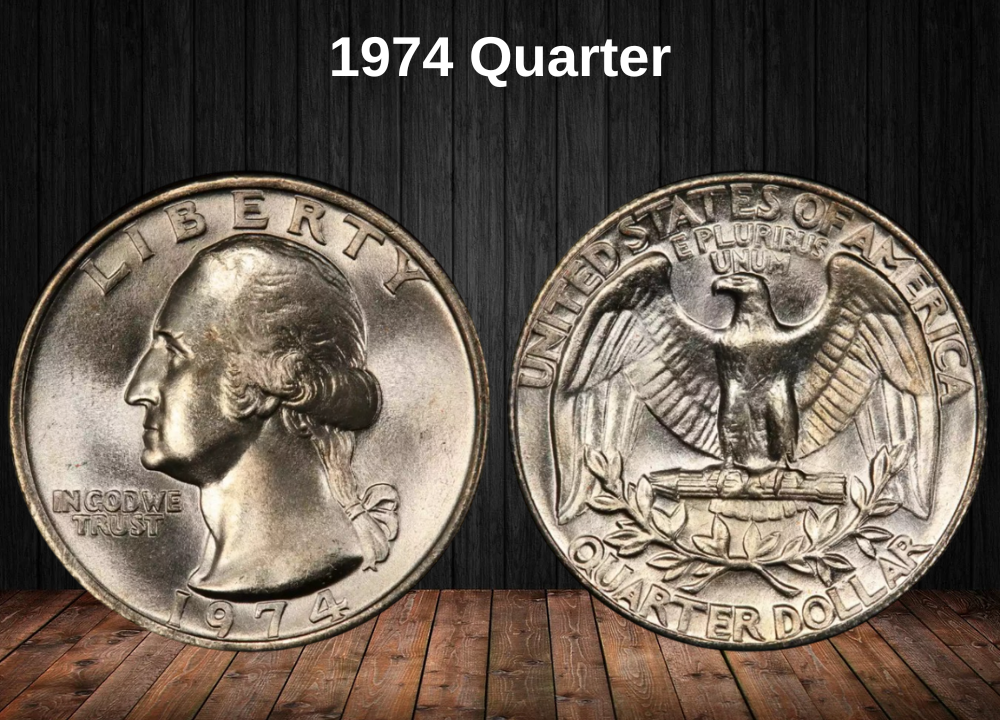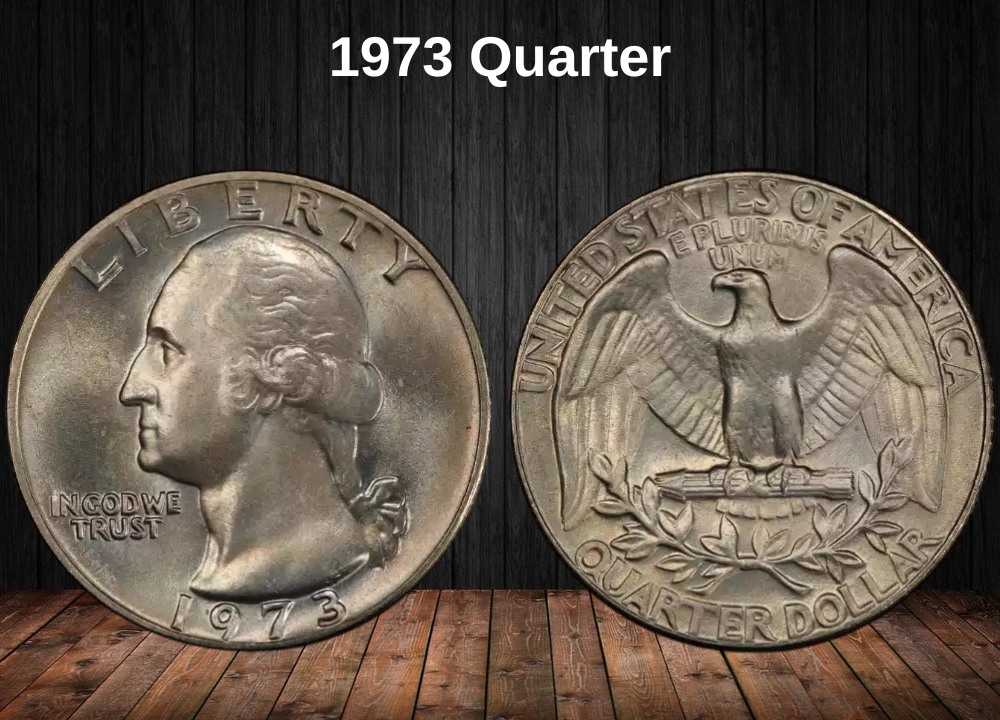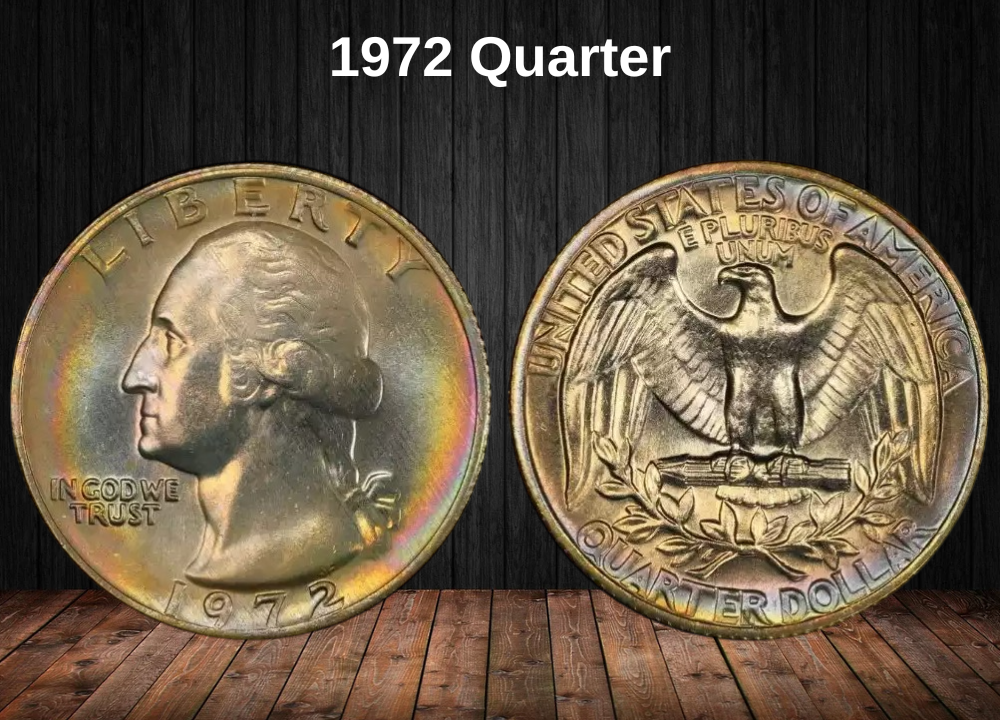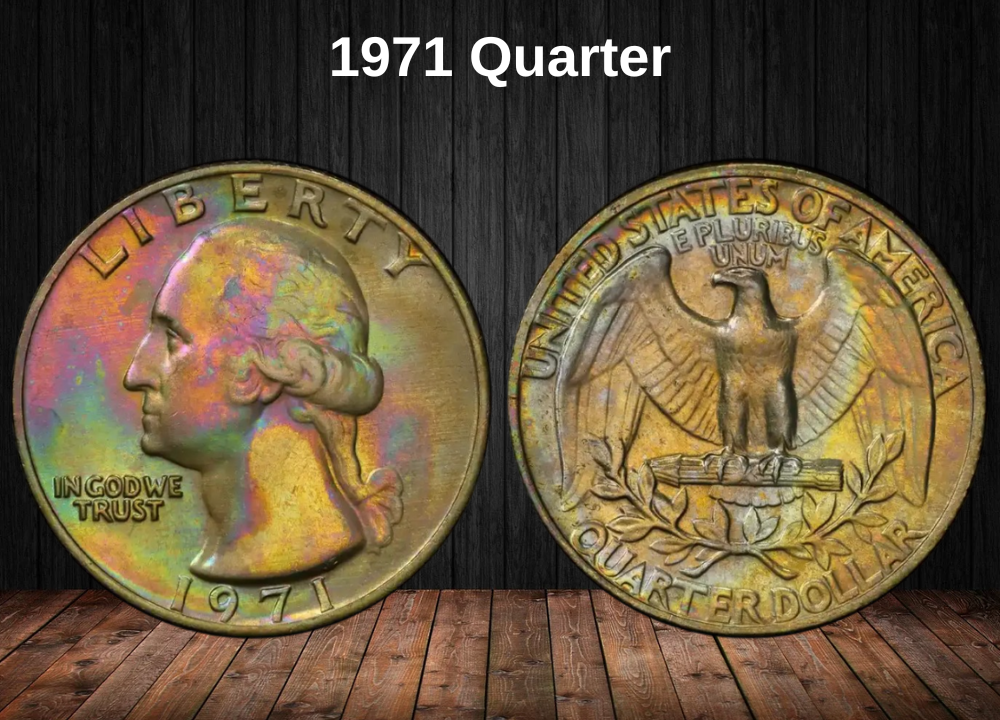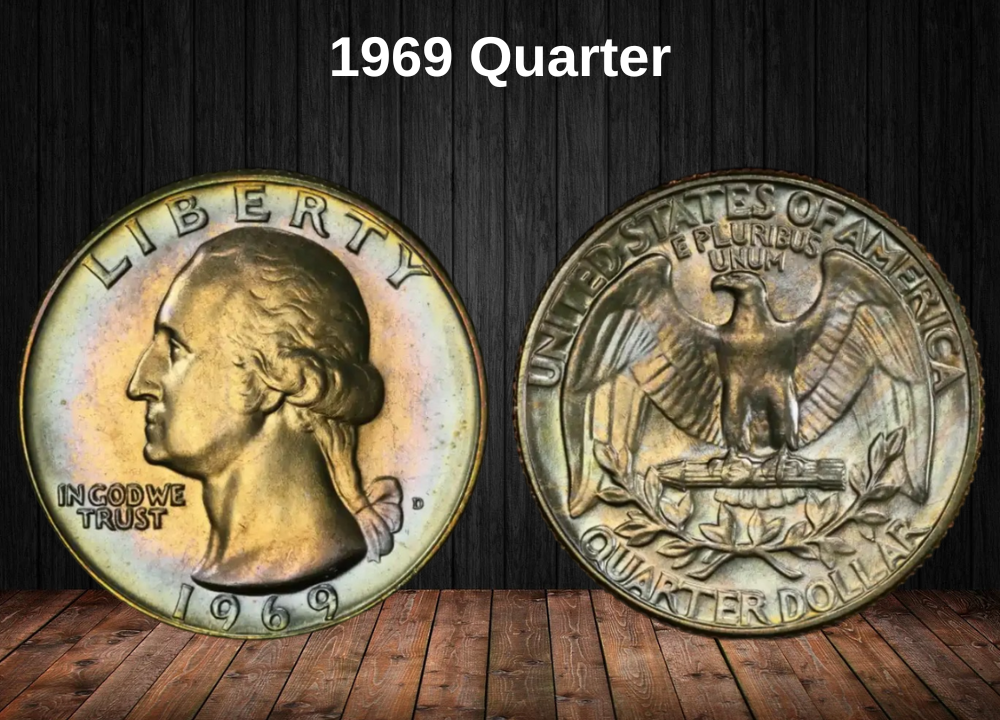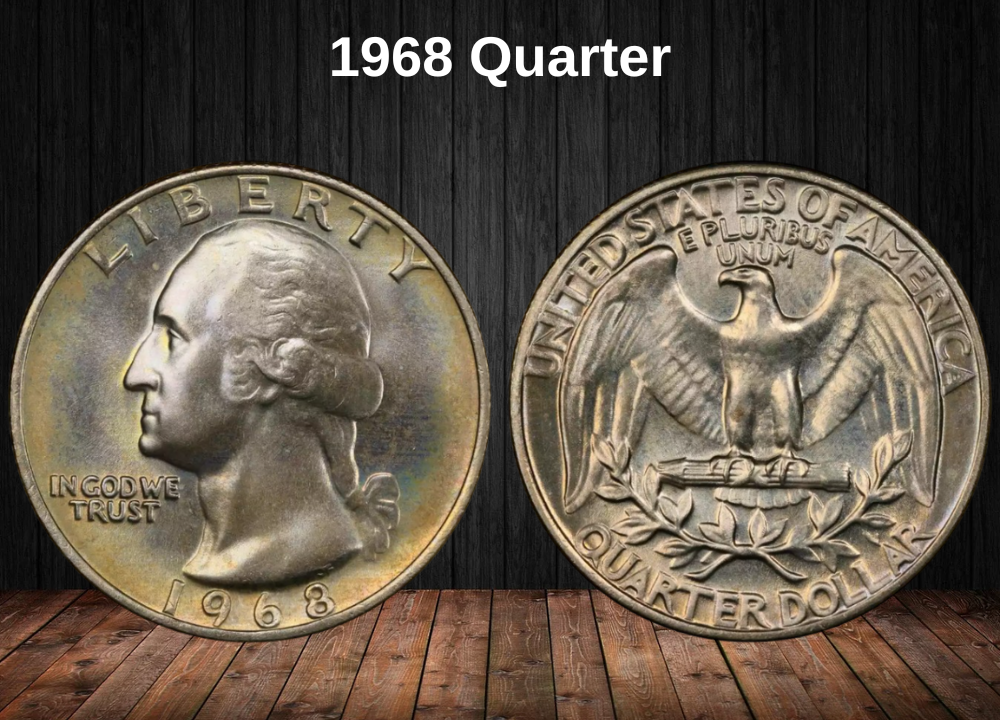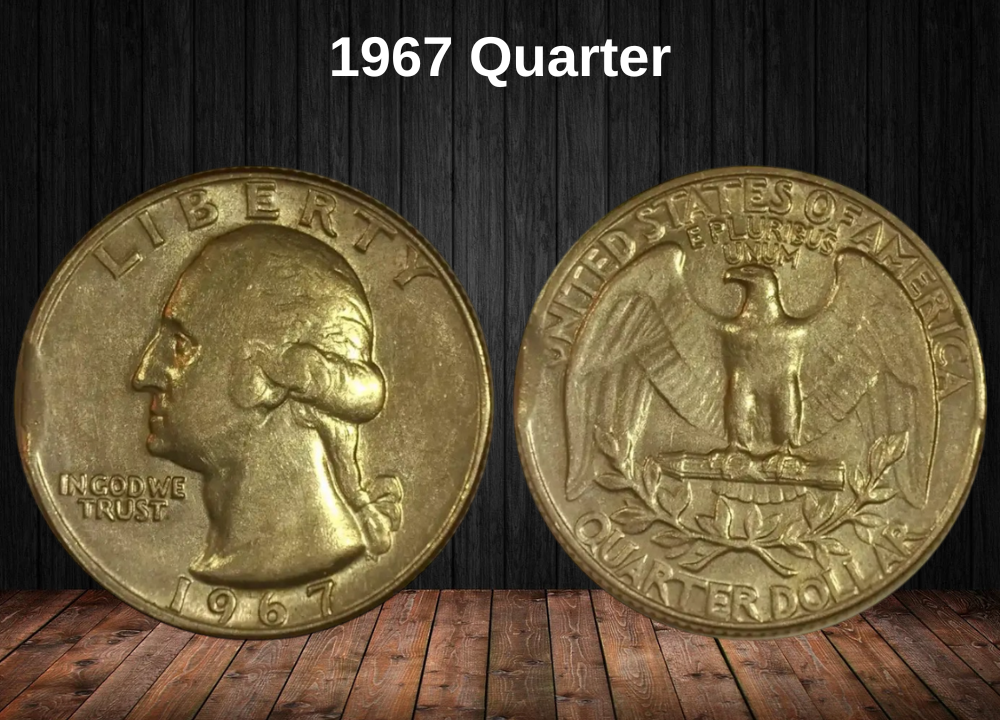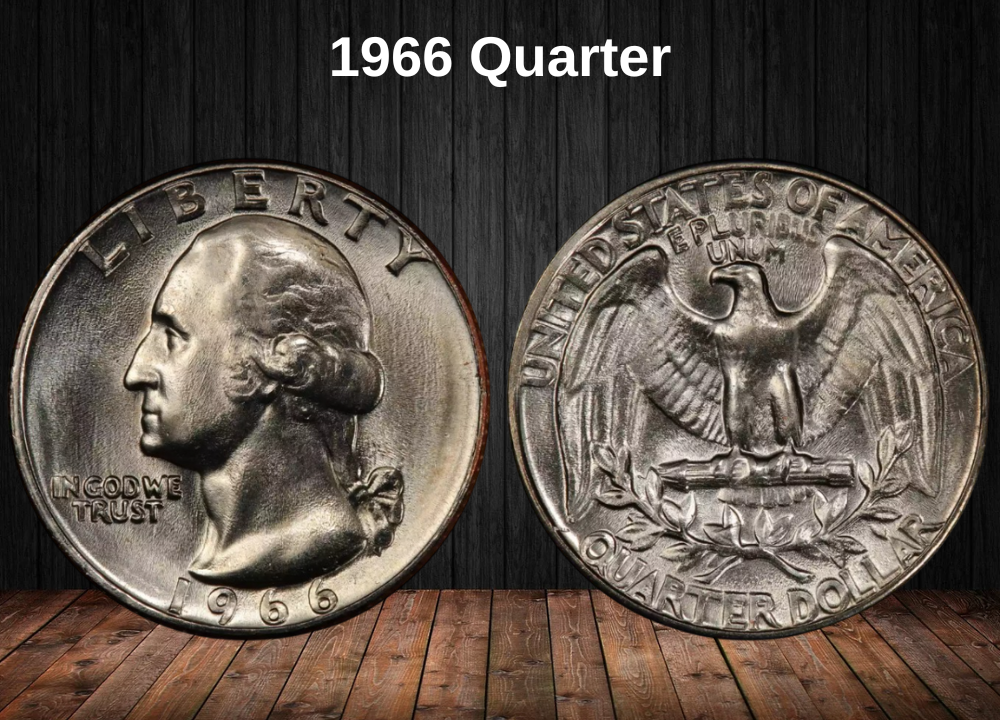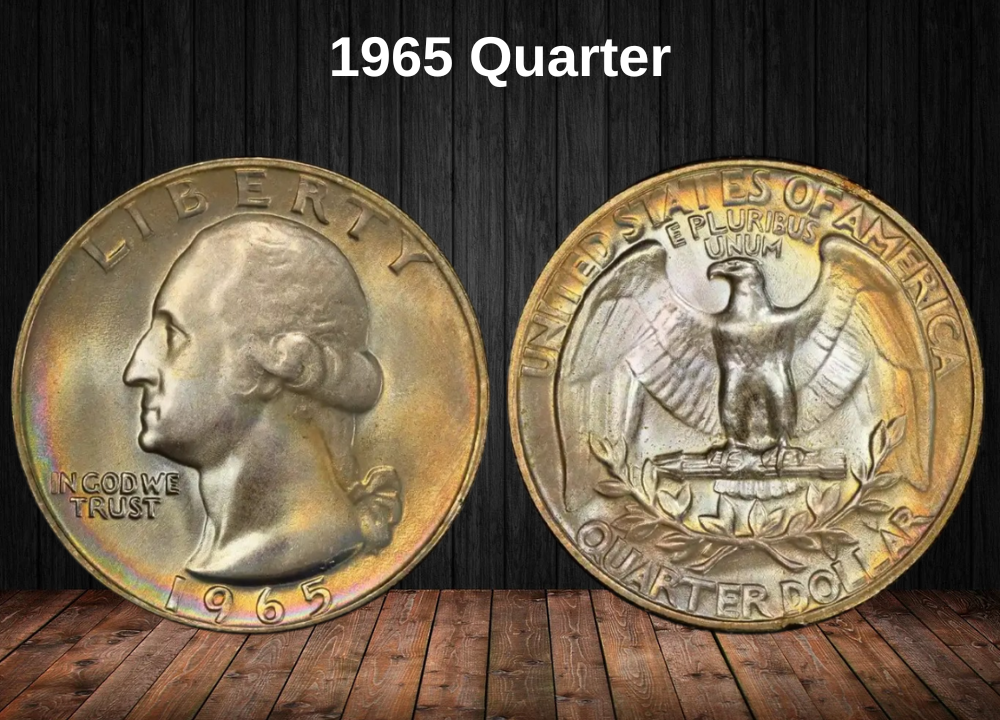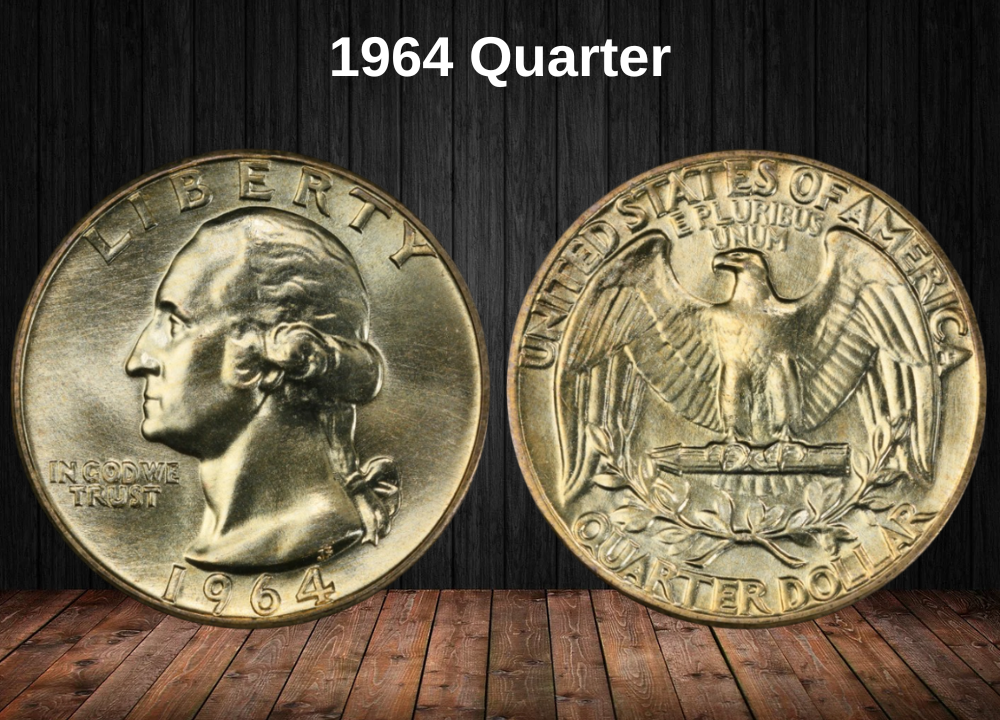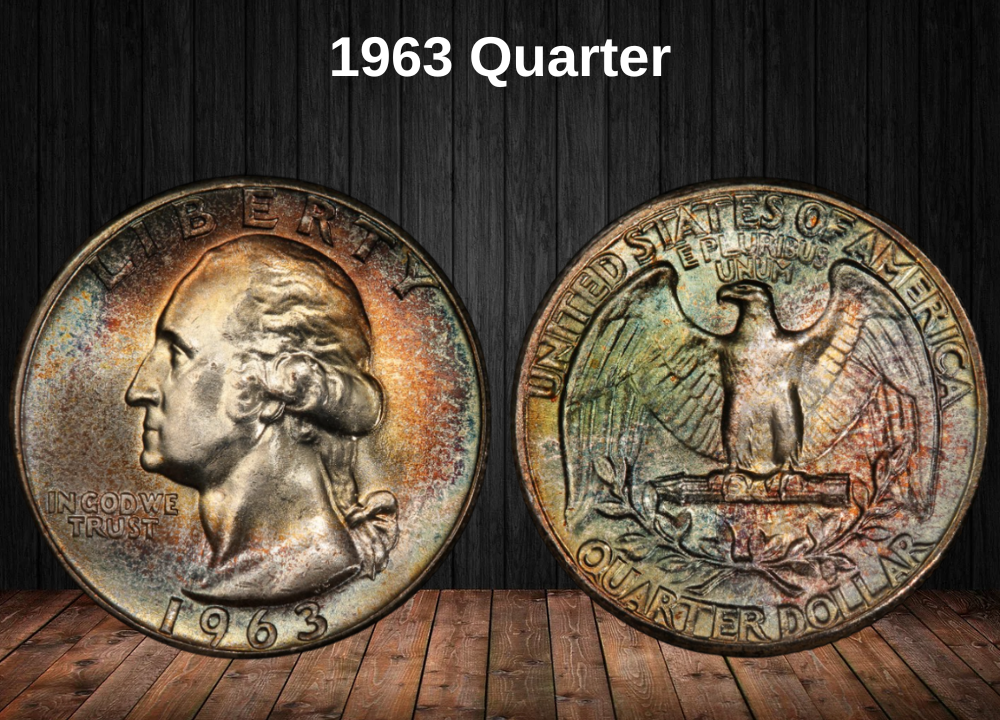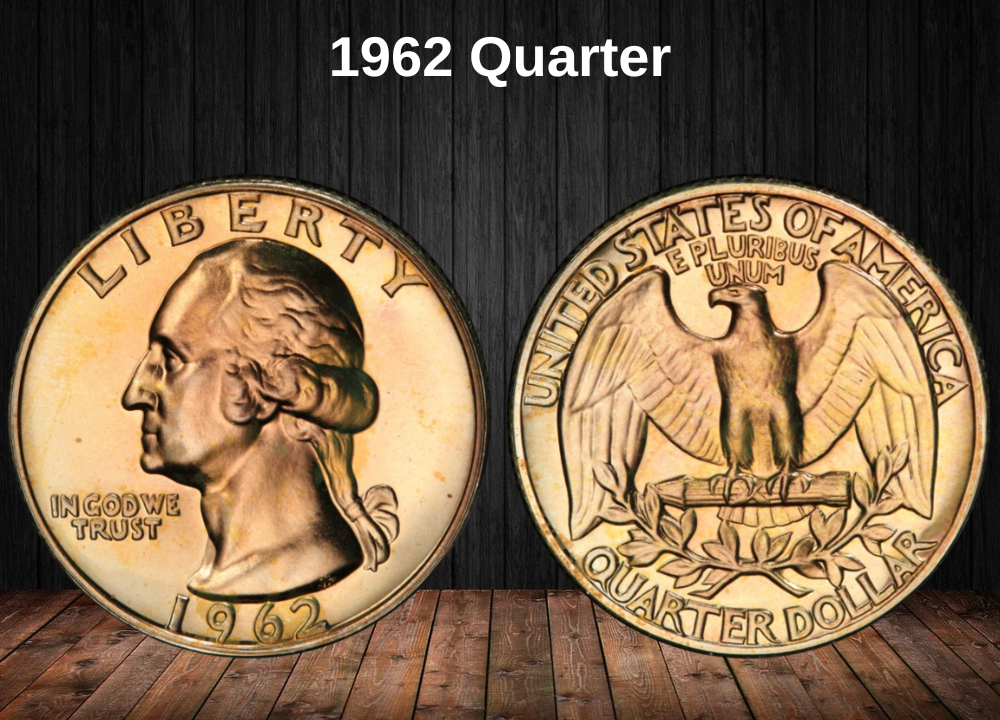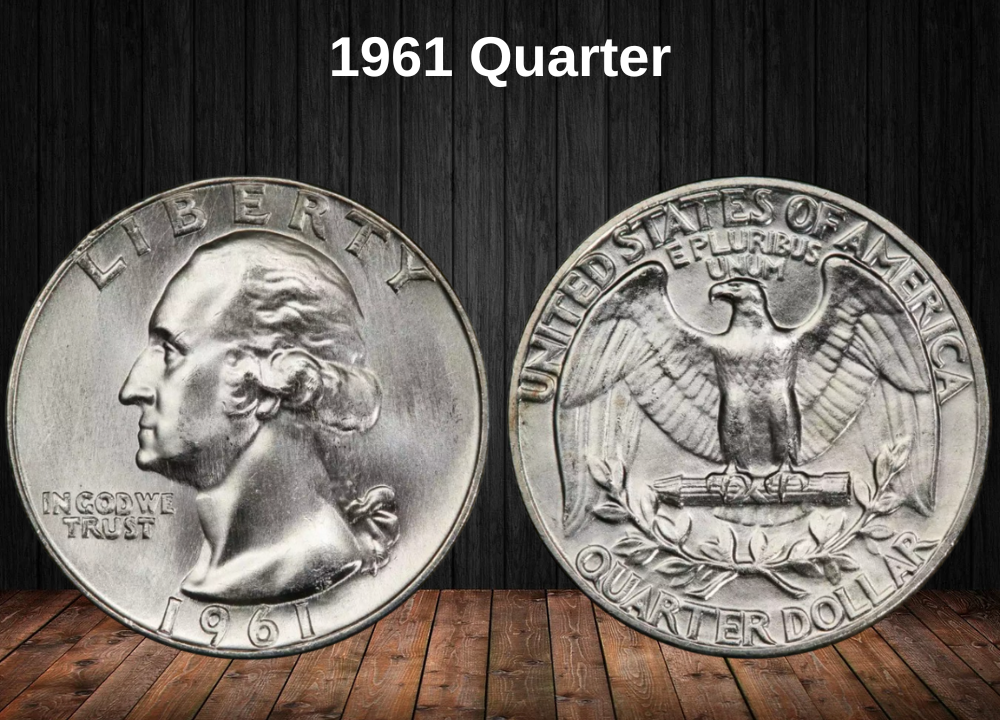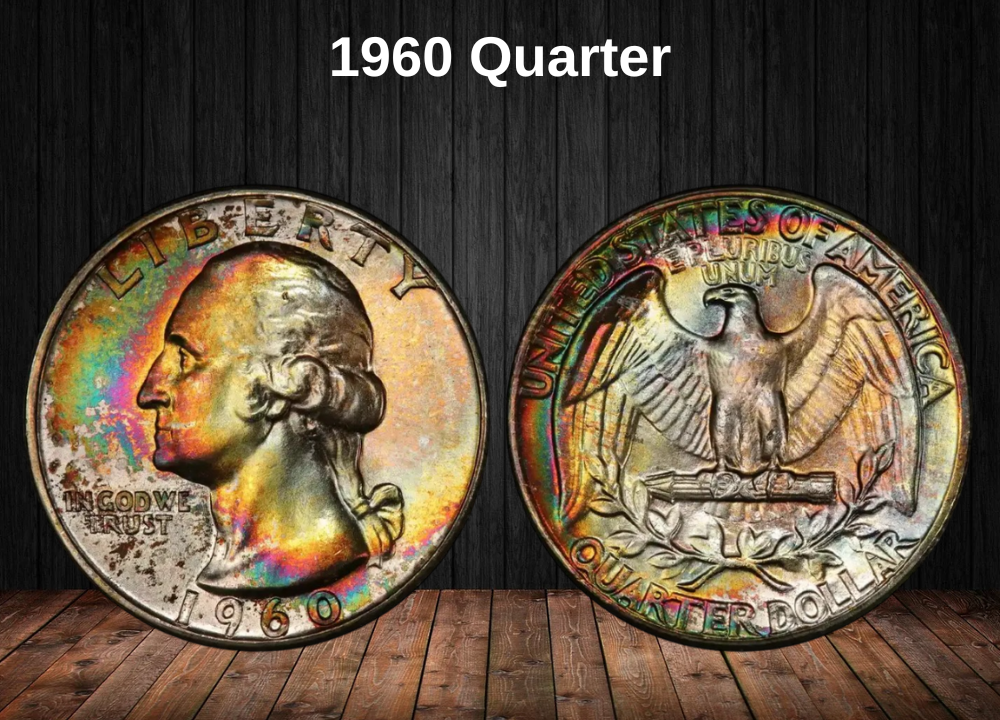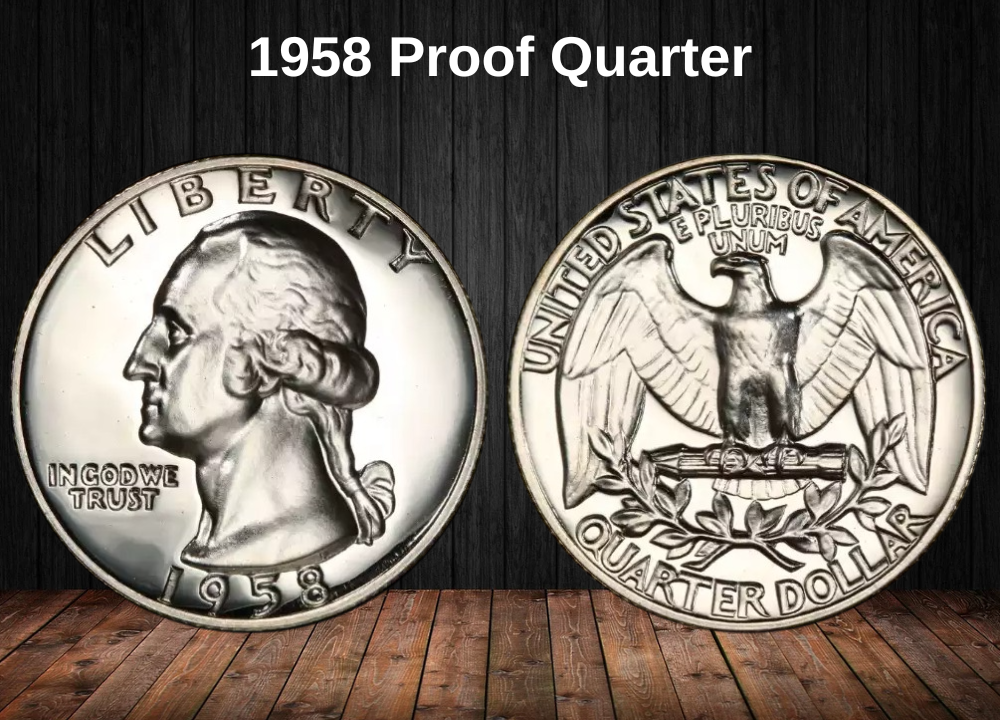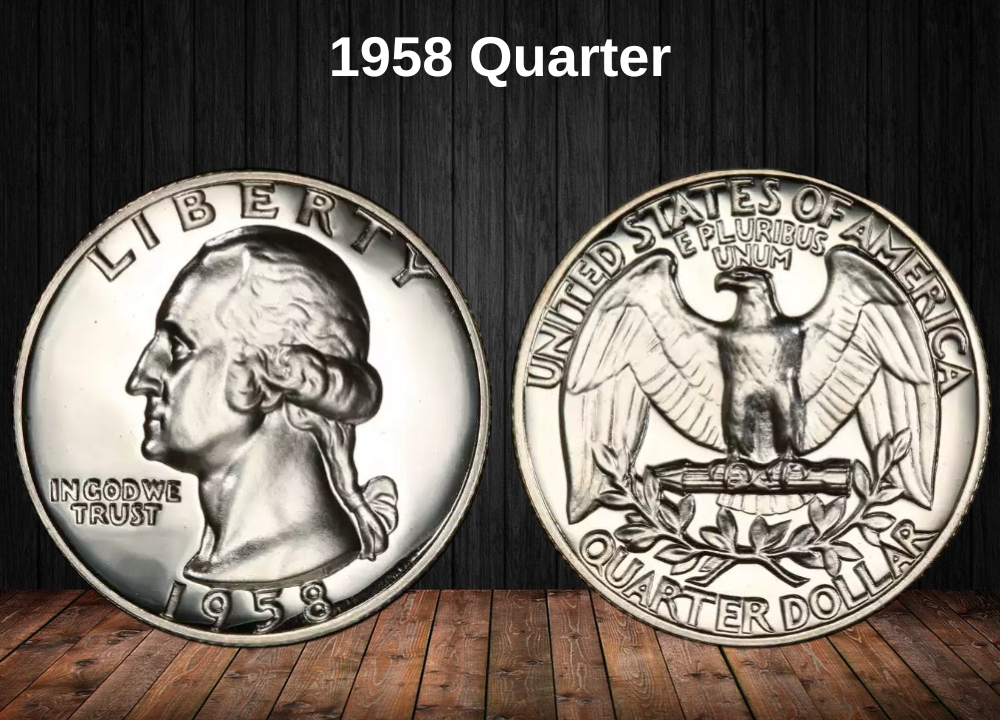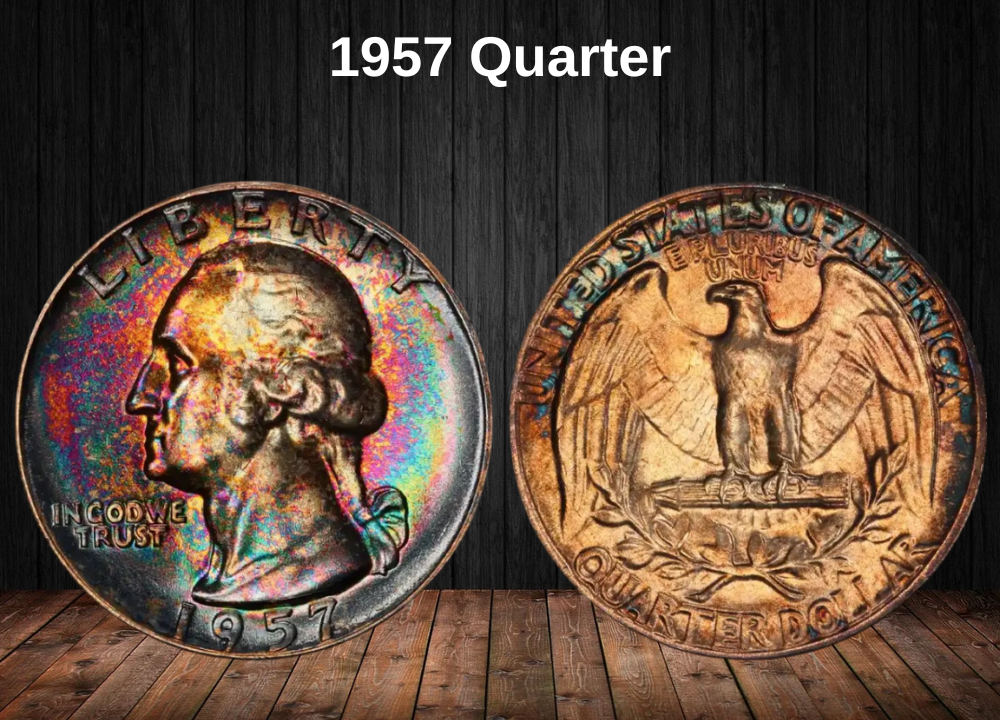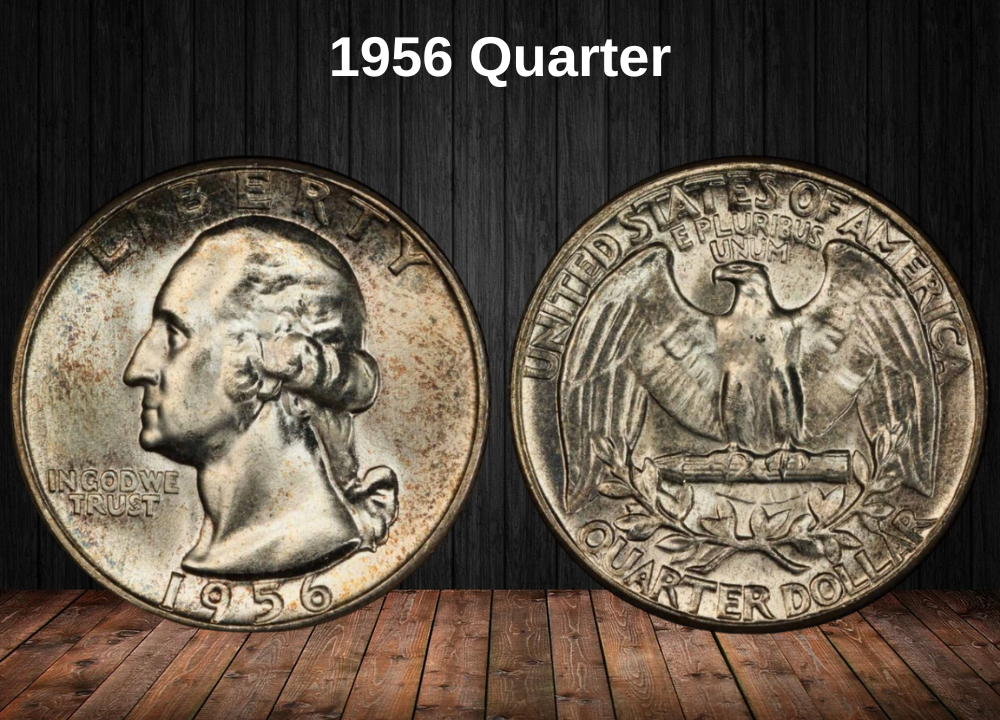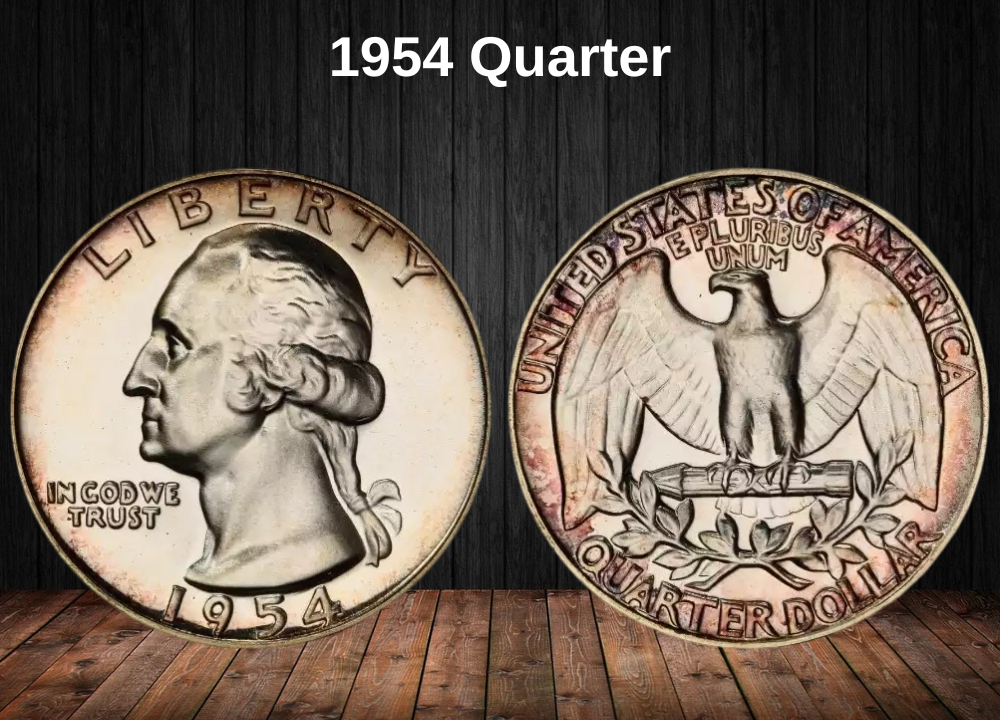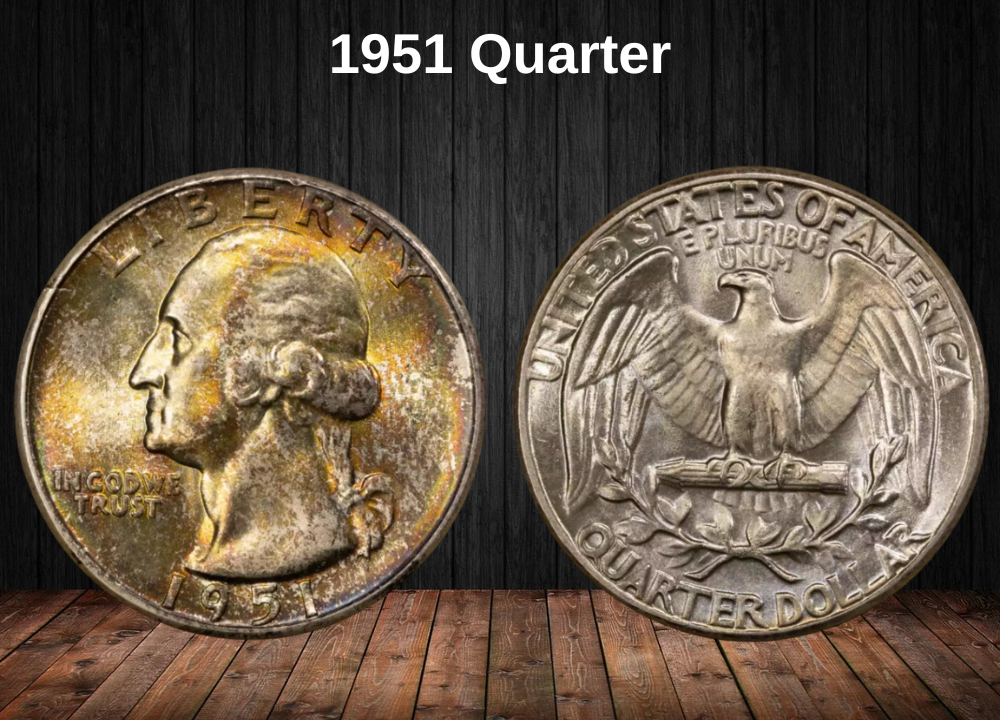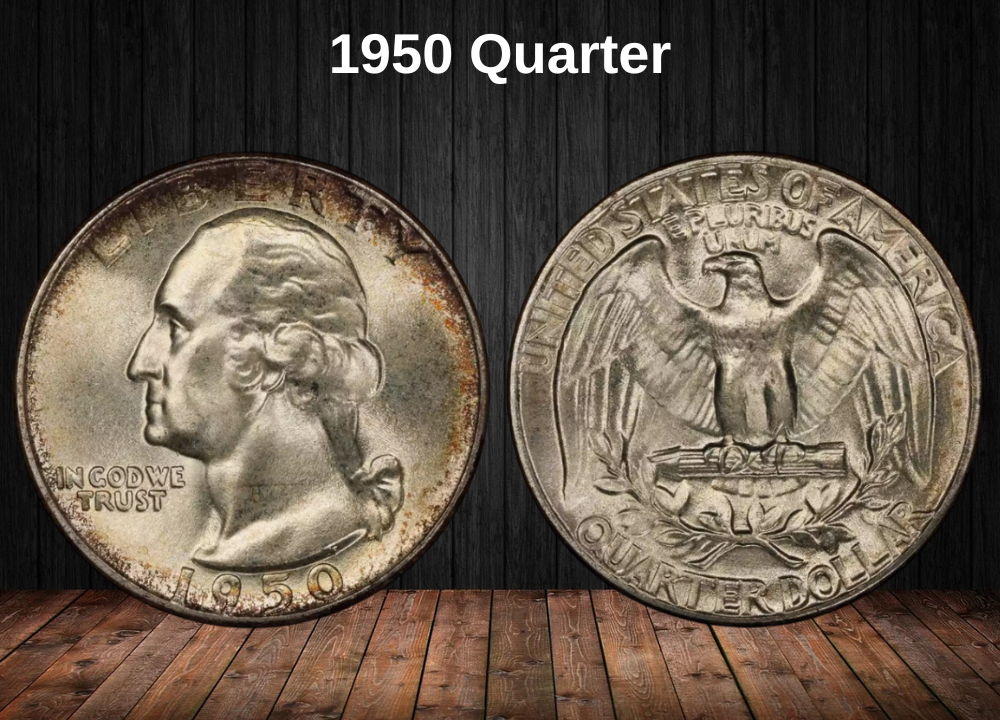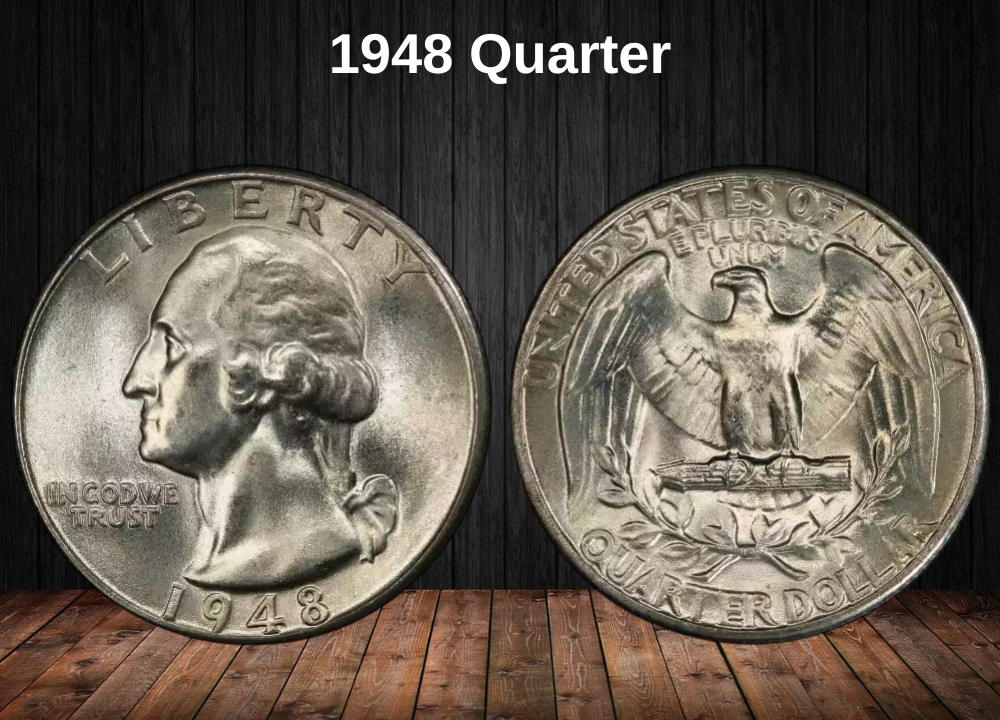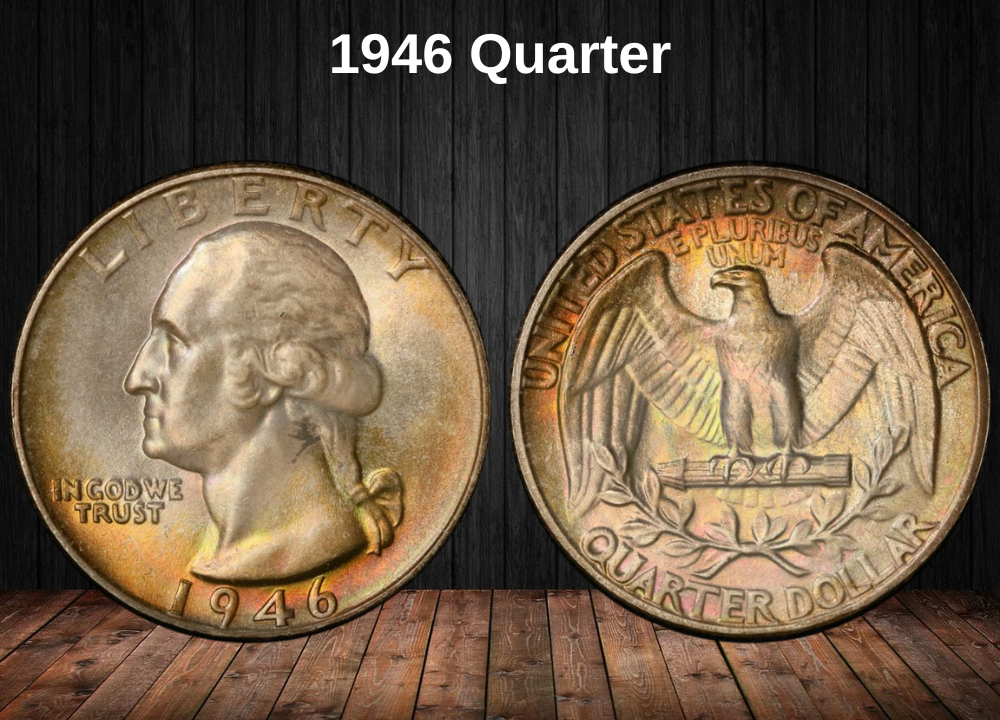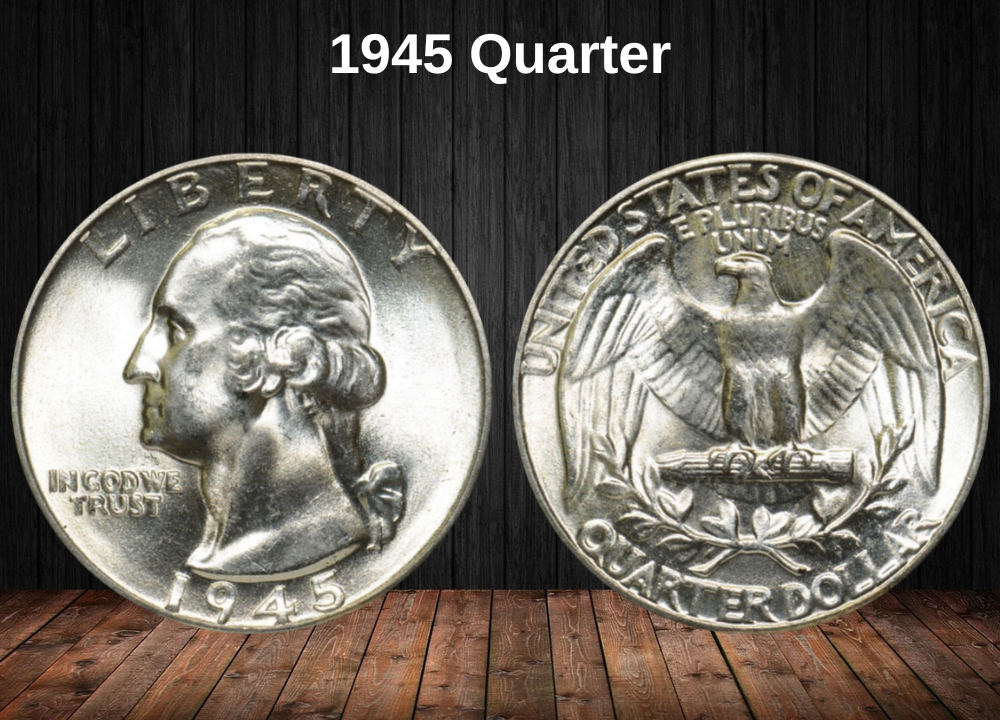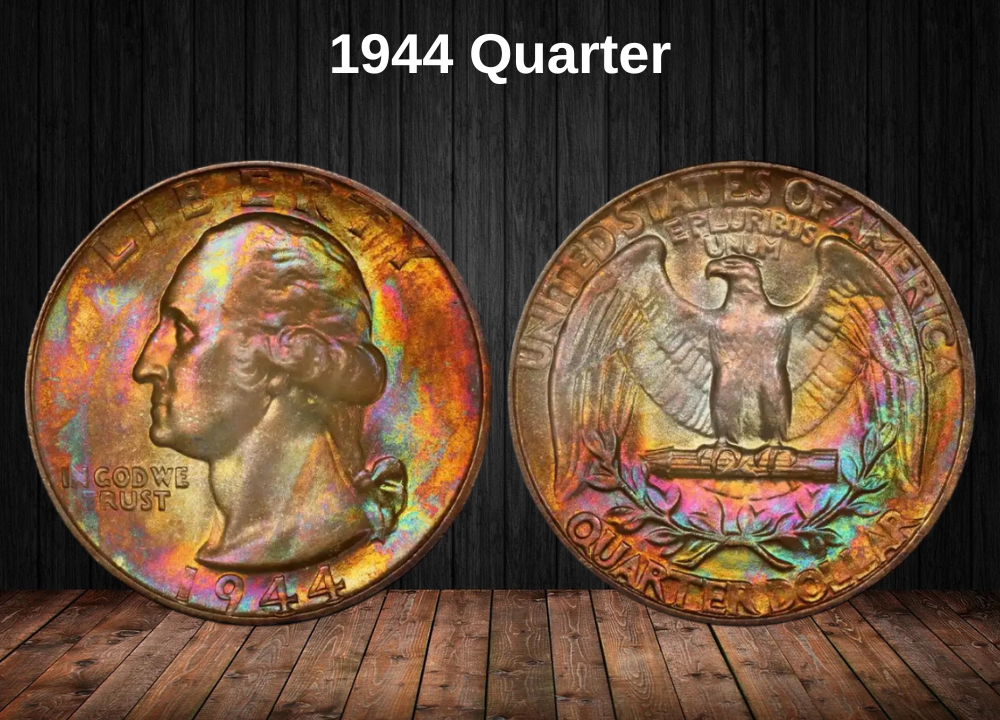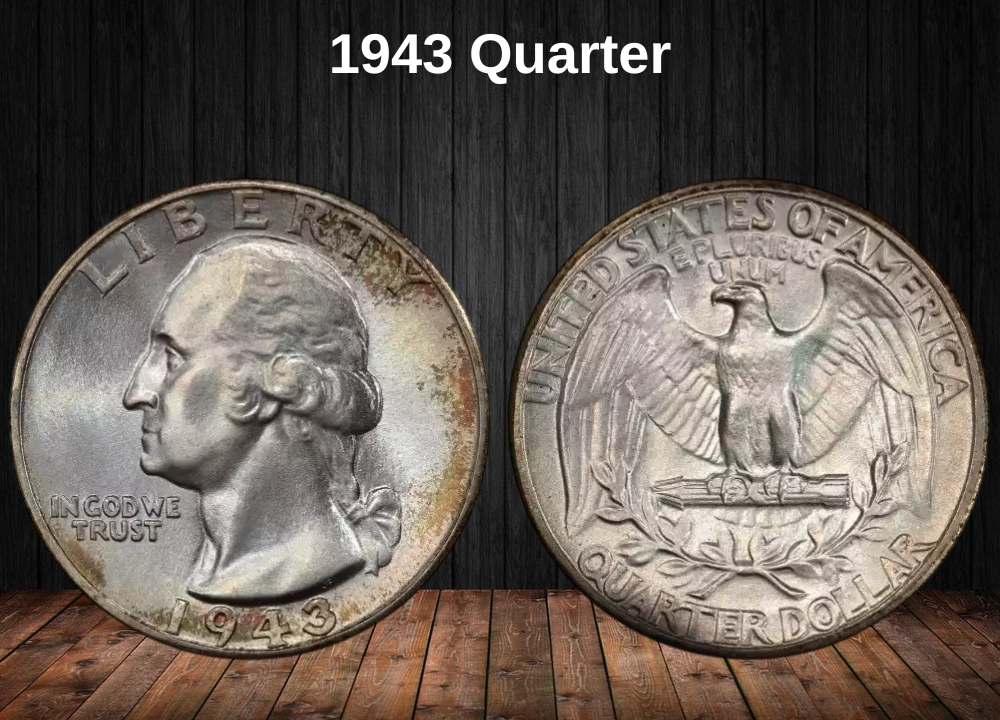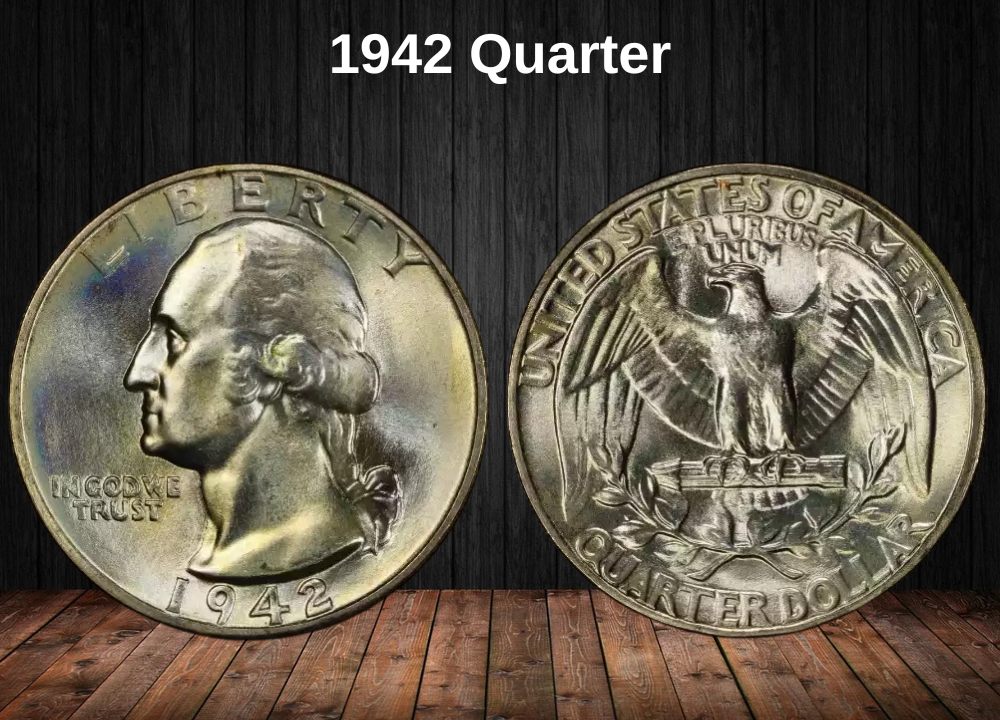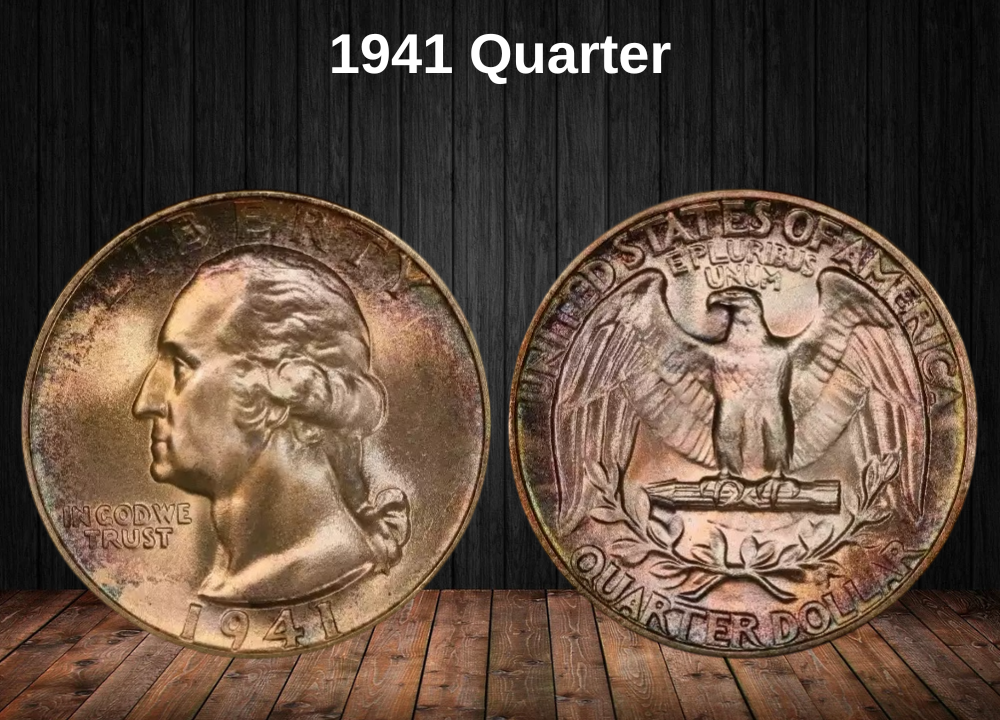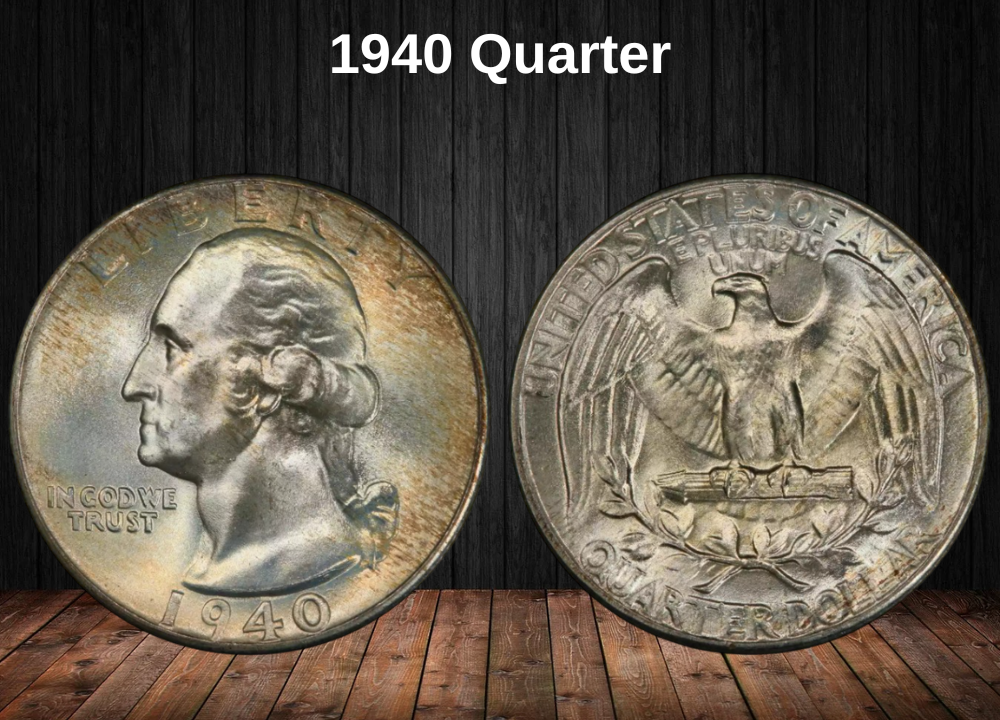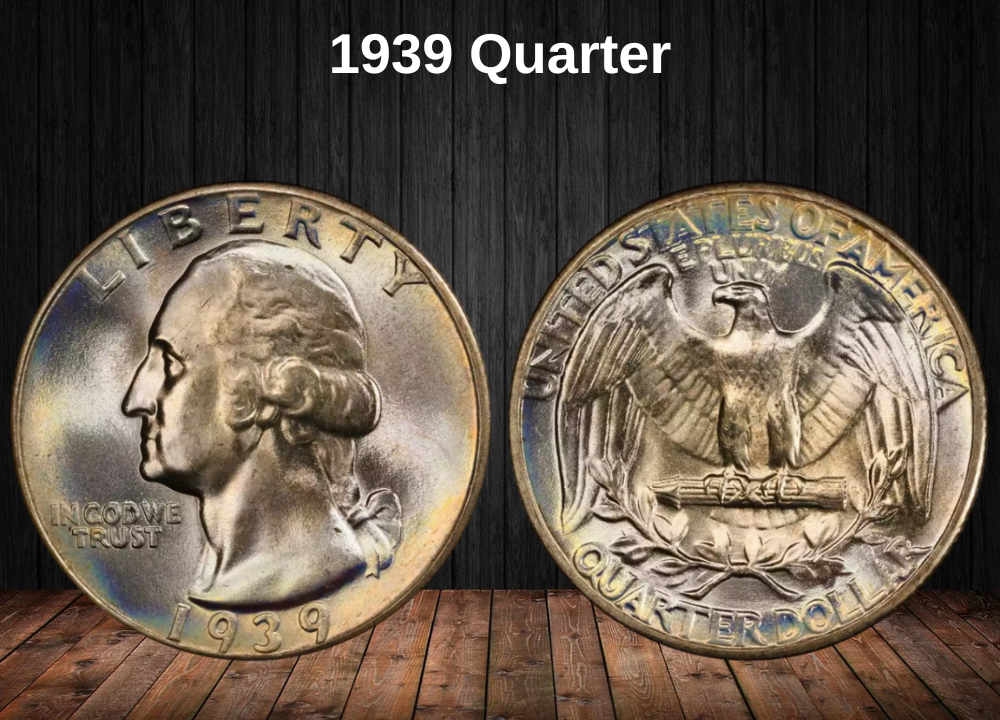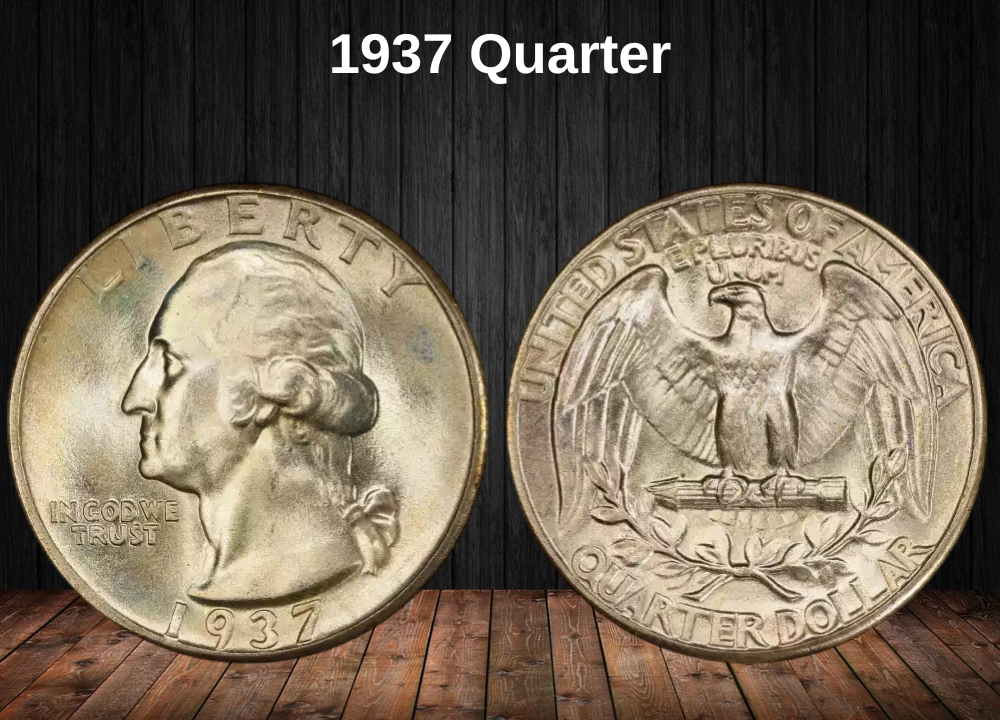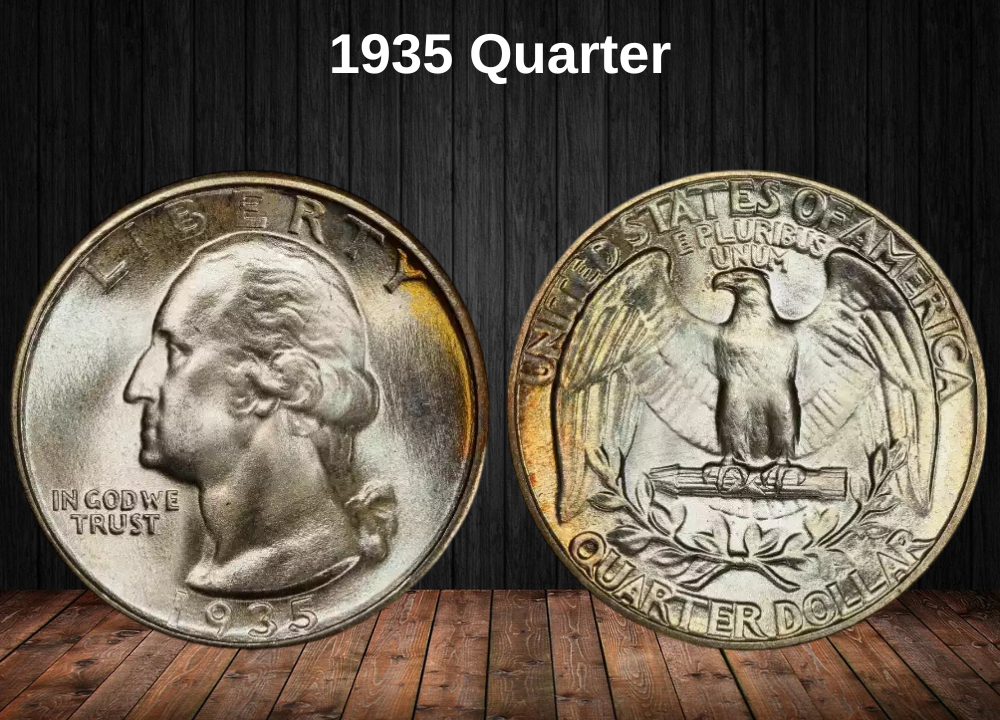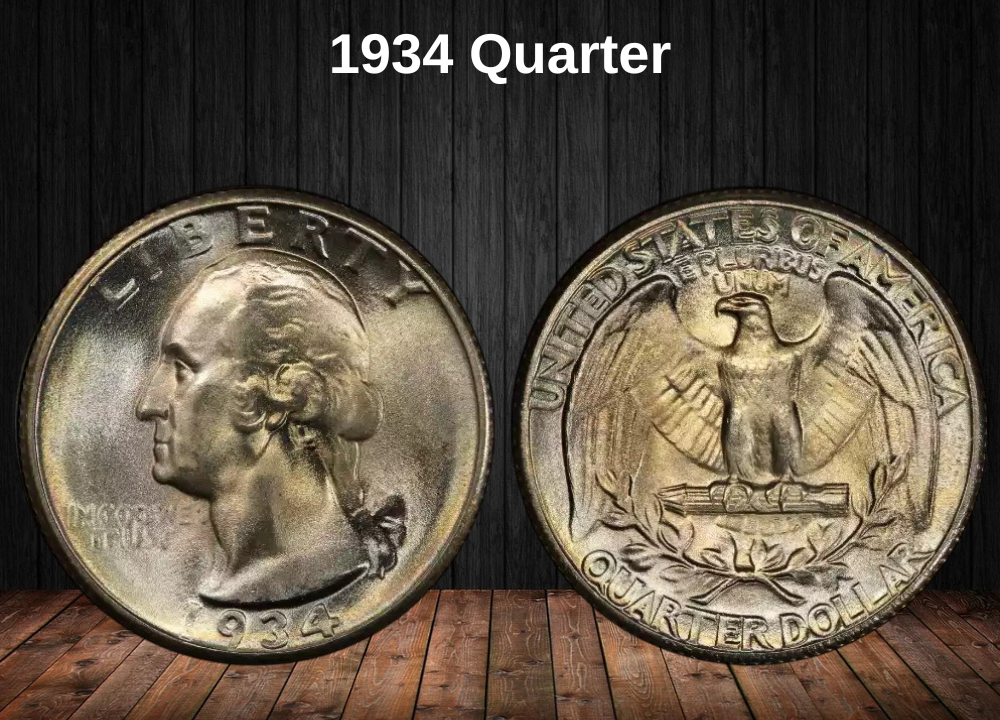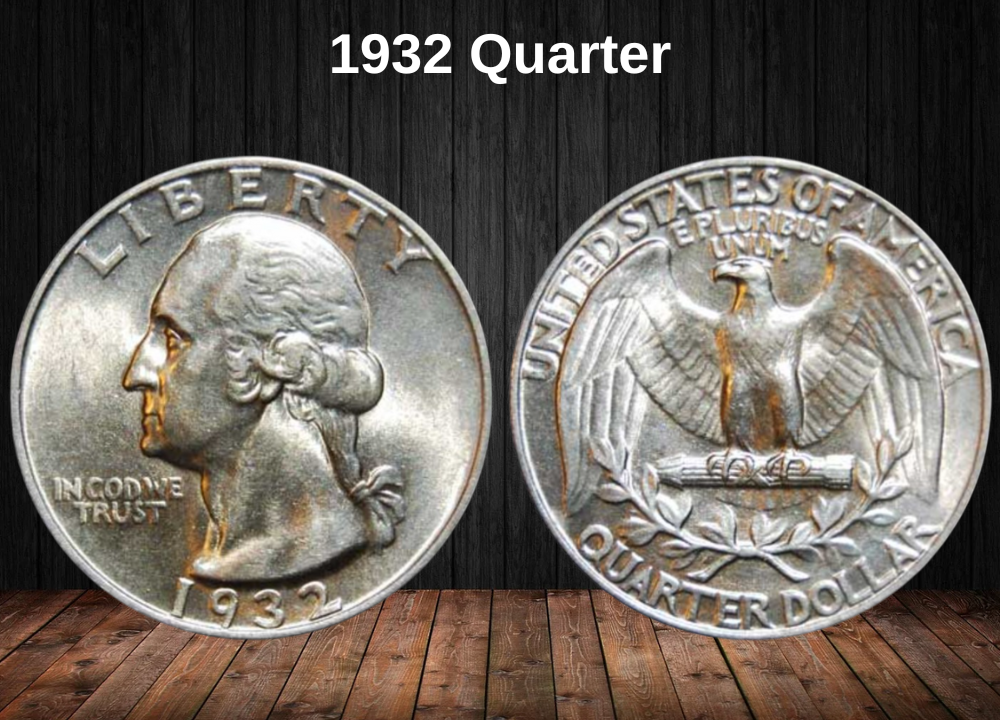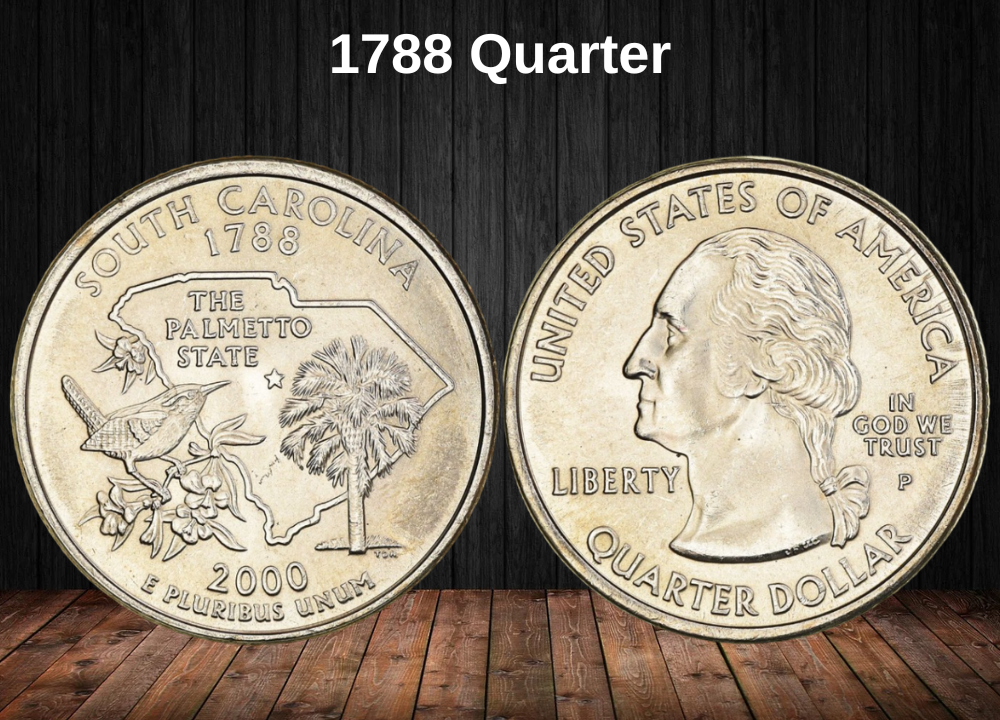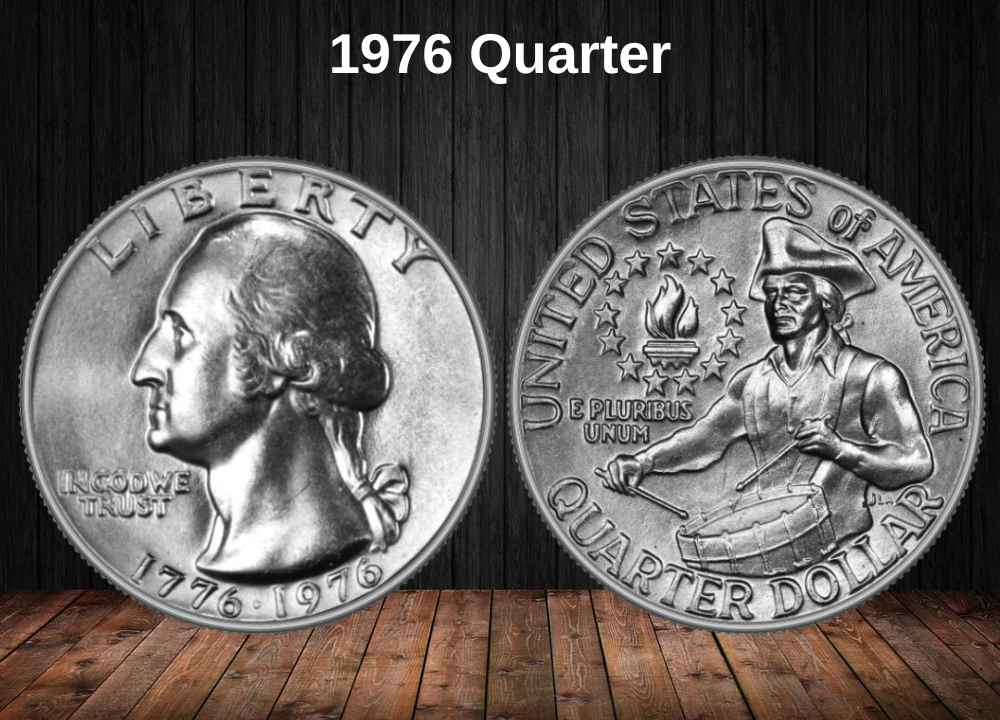The 1970 Washington Quarter may look like just another clad coin from the post-silver era, but don’t let appearances fool you. While most of these quarters remain extremely common and still circulate at face value, a handful of rare varieties and high-grade examples are worth serious money.
This year stands out because it bridges two eras: the massive clad mintages that made the coin ordinary in everyday commerce, and the scarce proofs and error coins that turned some 1970 quarters into true collector’s prizes.
In mint state, Philadelphia issues can bring over $16, while Denver examples top $13, and proof coins from San Francisco—with Cameo and Deep Cameo designations—command up to $22.50. The real excitement, however, lies in error coins and condition rarities that sell for hundreds or even thousands at auction.
If you’re holding a 1970 quarter, it pays to know exactly what you’ve got. Below is the complete value chart by variety and grade.
1970 Quarter Value By Variety
Here’s a quick reference guide showing current market values for 1970 quarters across different conditions and mint marks.
| TYPE | GOOD | FINE | AU | MS | PR |
|---|---|---|---|---|---|
| 1970 No Mint Mark Quarter Value | $0.25 | $0.29 | $0.67 | $16.67 | — |
| 1970 D Quarter Value | $0.25 | $0.29 | $0.67 | $13.00 | — |
| 1970 S Proof Quarter Value | — | — | — | — | $5.17 |
| 1970 S CAM Quarter Value | — | — | — | — | $8.62 |
| 1970 S DCAM Quarter Value | — | — | — | — | $22.50 |
Top 7 Most Valuable 1970 Quarters Worth Money
| Rank | Coin / Variety | Grade | Auction Price |
|---|---|---|---|
| 1 | 1970-S Proof Quarter Struck on Canadian Quarter Planchet | PR65 | $35,000 |
| 2 | 1970-S Proof Quarter DCAM | PR69 DCAM | $2,760 |
| 3 | 1970 No Mint Mark Quarter | MS67 | $2,160 |
| 4 | 1970-D Quarter | MS67+ | $1,560 |
| 5 | 1970-S Proof Quarter CAM | PR69 CAM | $1,020 |
| 6 | 1970-D Quarter DDR Error | MS65 | $960 |
| 7 | 1970-S Proof Quarter | PR69 | $600 |
History of the 1970 Quarter
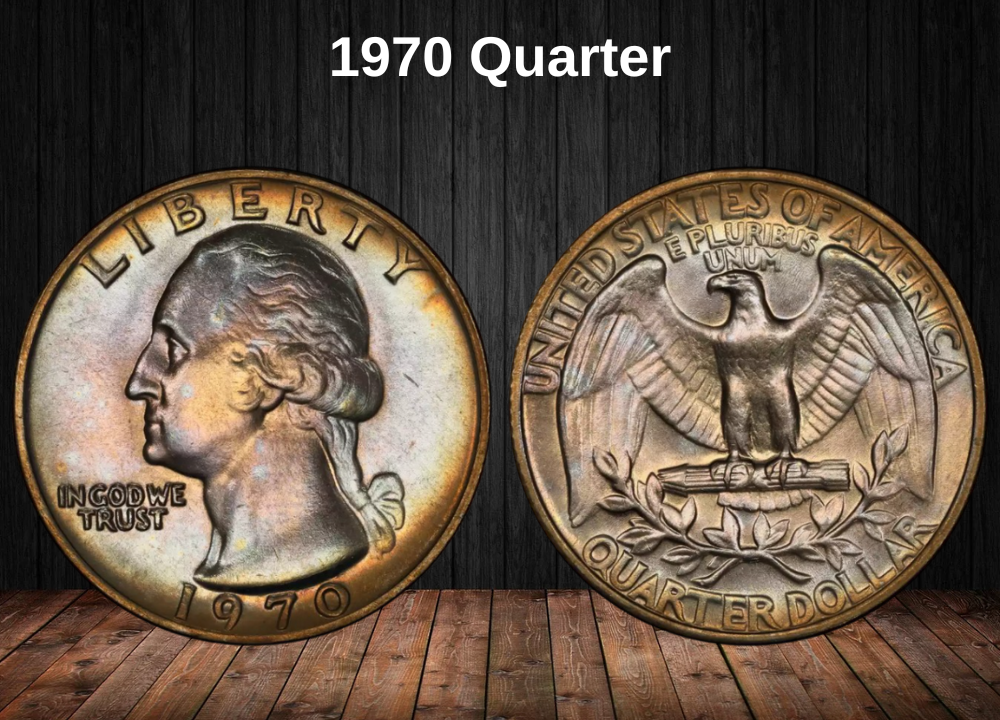
The 1970 Washington Quarter belongs to one of the most enduring coin series in American history. First introduced in 1932 to commemorate the 200th anniversary of George Washington’s birth, the series was intended to be a one-year commemorative issue. However, its simple yet powerful design by sculptor John Flanagan proved so popular that it became the permanent design for the U.S. quarter.
Flanagan based Washington’s profile on the famous 1785 bust by French sculptor Jean-Antoine Houdon, which remains the most authentic likeness of the first U.S. President. The reverse design features a heraldic eagle with spread wings perched on a bundle of arrows, framed by olive branches to symbolize America’s strength and peace.
By 1970, the Washington Quarter was already in its 38th consecutive year of production. Importantly, it was part of the copper-nickel clad era that began in 1965, following the Coinage Act of 1965. This act removed silver from circulating quarters and dimes due to the rising cost of silver, which had caused widespread hoarding and shortages of coins in circulation.
The year 1970 also marked a period of transition for collectors:
- San Francisco resumed full proof coin production after producing only Special Mint Sets (SMS) from 1965–1967.
- Collectors once again had access to proof coinage, including the highly desirable Cameo (CAM) and Deep Cameo (DCAM) designations.
- The mints in Philadelphia and Denver struck hundreds of millions of circulation strikes, making 1970 quarters common in everyday use but still valuable in high grades or with errors.
In short, the 1970 quarter stands as a modern coin that reflects both tradition and change—retaining Flanagan’s classic design while representing America’s permanent shift away from silver coinage.
Key Features of the 1970 Quarter
The 1970 Washington Quarter carried forward John Flanagan’s timeless design, but with the copper-nickel clad composition that had become standard after 1965. While millions were struck, the small details in its design, strike quality, and finish make all the difference for collectors today.
The Obverse of the 1970 Quarter
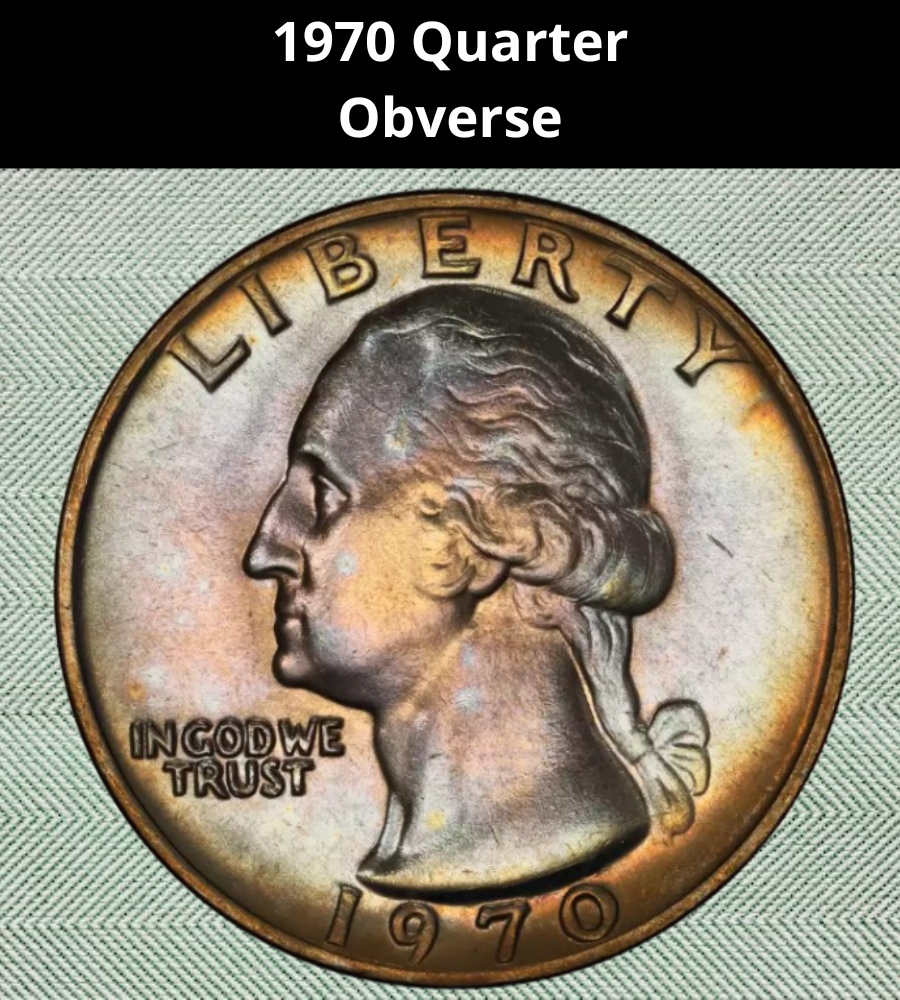
The obverse (front) features the familiar left-facing profile of George Washington, based on Houdon’s 1785 bust. The inscriptions include:
- “LIBERTY” arched across the top.
- “IN GOD WE TRUST” placed just to the left of Washington’s chin.
- The year “1970” at the bottom of the coin.
Beneath Washington’s neckline are the designer’s initials JF for John Flanagan. On Philadelphia issues, there is no mint mark, while “D” for Denver and “S” for San Francisco appear to the right of the bow in Washington’s hair.
The Reverse of the 1970 Quarter
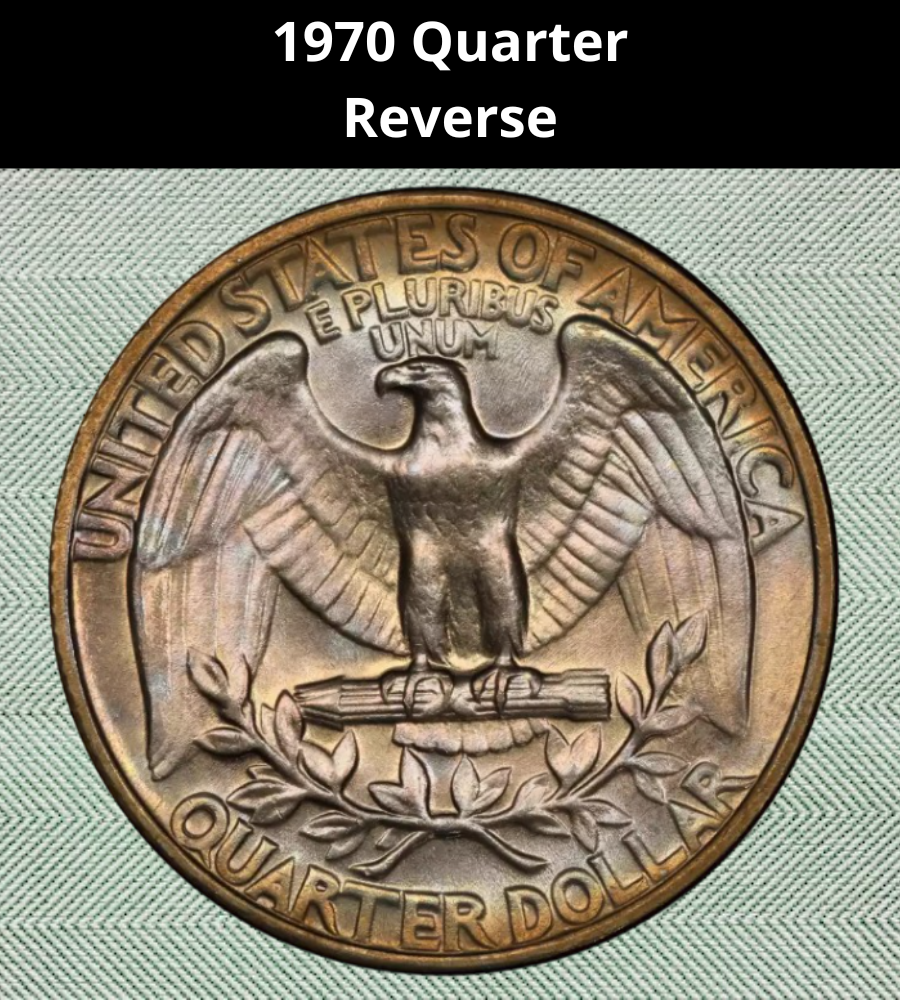
The reverse design displays a bold heraldic eagle with wings spread wide, perched on a bundle of arrows symbolizing America’s readiness for defense. Beneath the arrows lies a curved olive branch wreath, a traditional emblem of peace.
Surrounding the eagle are the inscriptions:
- “UNITED STATES OF AMERICA” along the top edge.
- “E PLURIBUS UNUM” directly above the eagle’s head.
- “QUARTER DOLLAR” curved along the bottom edge.
This simple but powerful design helped cement the Washington quarter as one of the most recognizable U.S. coins of the 20th century.
Other Features of the 1970 Quarter
- Composition: Copper-nickel clad (75% copper, 25% nickel) over a pure copper core.
- Weight: 5.67 grams.
- Diameter: 24.3 mm.
- Thickness: 1.75 mm.
- Edge: Reeded with 119 reeds.
Unlike earlier 90% silver quarters, the clad 1970 quarter has a duller ring when dropped and shows a copper-colored stripe along its edge due to the exposed inner core.
1970 Quarter Grading
Grading the 1970 Washington Quarter is essential to determining its true market value. While most circulated examples are only worth face value, mint state and proof specimens can bring significant premiums—especially Cameo (CAM) and Deep Cameo (DCAM) proofs.
Collectors and professional grading services use the 70-point Sheldon scale, where coins range from Poor (PO-1) to Perfect Mint State (MS/PR-70). For 1970 quarters, the most critical areas to examine are:
- Obverse: Washington’s cheekbone and hair above the ear. Any flattening here indicates circulation wear.
- Reverse: The eagle’s breast feathers and wingtips. High points here are the first to lose definition.
- Surface Quality: Mint state coins should retain full luster with minimal bag marks, while proof and SMS examples show sharp mirrored fields and frosted devices.
1970 Quarter Grading Scale
| Grade | Description | Value Range (Approx.) |
|---|---|---|
| Good (G-4) | Heavy wear, major details visible but flat; legends readable. | $0.25 (face value) |
| Fine (F-12) | Moderate wear, Washington’s hair and eagle’s wings show flatness but design is clear. | $0.29 |
| About Uncirculated (AU-50) | Light wear on high points, strong details remain, traces of luster visible. | $0.67 |
| Mint State (MS-60 to MS-67) | No wear, full luster present, but quality varies—MS-67 coins show near-perfect strikes. | $13.00 – $16.67 (depending on mint mark) |
| Proof (PR-60 to PR-70) | Specially struck at San Francisco; mirror-like fields and sharp details. | $5.17+ |
| Cameo (CAM) | Proof coins with frosted devices contrasting with mirrored fields. | $8.62+ |
| Deep Cameo (DCAM) | Strong frosted devices and deeply mirrored fields, dramatic contrast. | $22.50+ |
High-grade MS-67 business strikes and DCAM proofs are the most valuable, often commanding hundreds of dollars due to scarcity and demand.
1970 Quarter Value Guides
1970 No Mint Mark Quarter Value
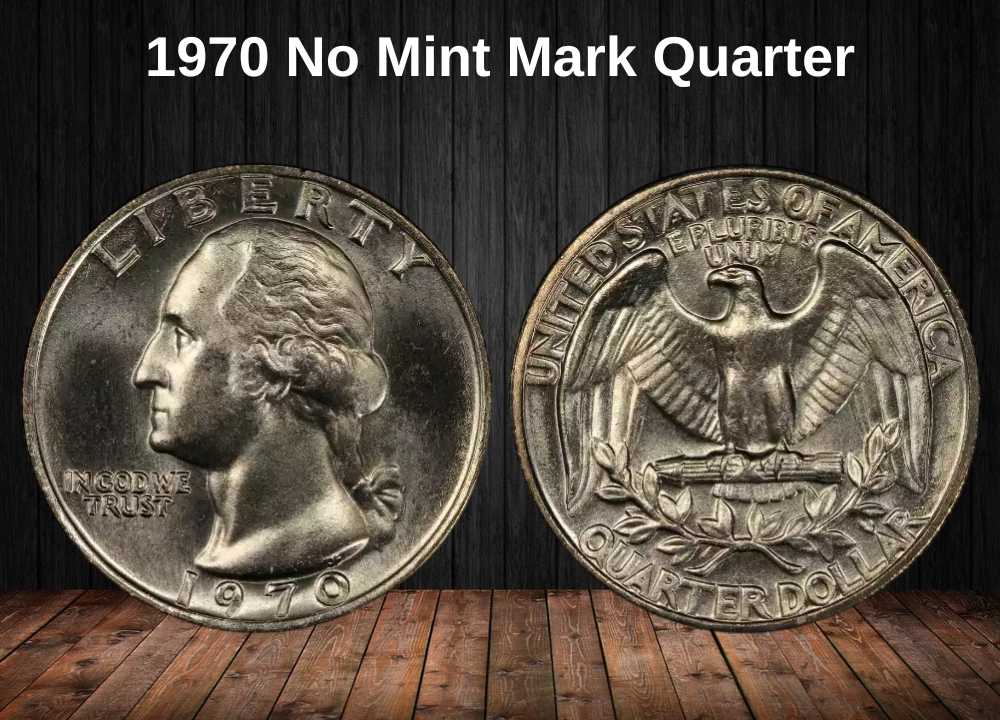
The 1970 No Mint Mark quarter was struck at the Philadelphia Mint, which produced over 136 million coins that year. Like all circulation strikes from 1970, these coins were made of the new copper-nickel clad composition, following the discontinuation of 90% silver quarters in 1964.
While extremely common in circulated grades, these quarters become more interesting in higher mint state conditions. Sharp strikes with full luster are scarcer due to the heavy production numbers and the frequent bag marks from bulk handling.
Collecting Notes
- Circulated Examples: Worth only face value ($0.25).
- Mint State (MS-65+): Premiums appear, with MS-67 examples being rare and in strong demand among registry collectors.
- Prooflike Characteristics: A small number of Philadelphia strikes exhibit unusually reflective surfaces, though not true proofs, and these can attract collector interest.
1970 No Mint Mark Quarter Price/Grade Chart
| Grade | Value |
|---|---|
| Good (G-4) | $0.25 |
| Fine (F-12) | $0.29 |
| About Uncirculated (AU-50) | $0.67 |
| Mint State (MS-60 to MS-65) | $2.50 – $12.00 |
| Mint State (MS-66) | $14.00 |
| Mint State (MS-67) | $16.67+ |
High-grade survivors are what drive collector premiums for this issue, since circulated pieces are too common to carry additional value.
1970-D Quarter Value
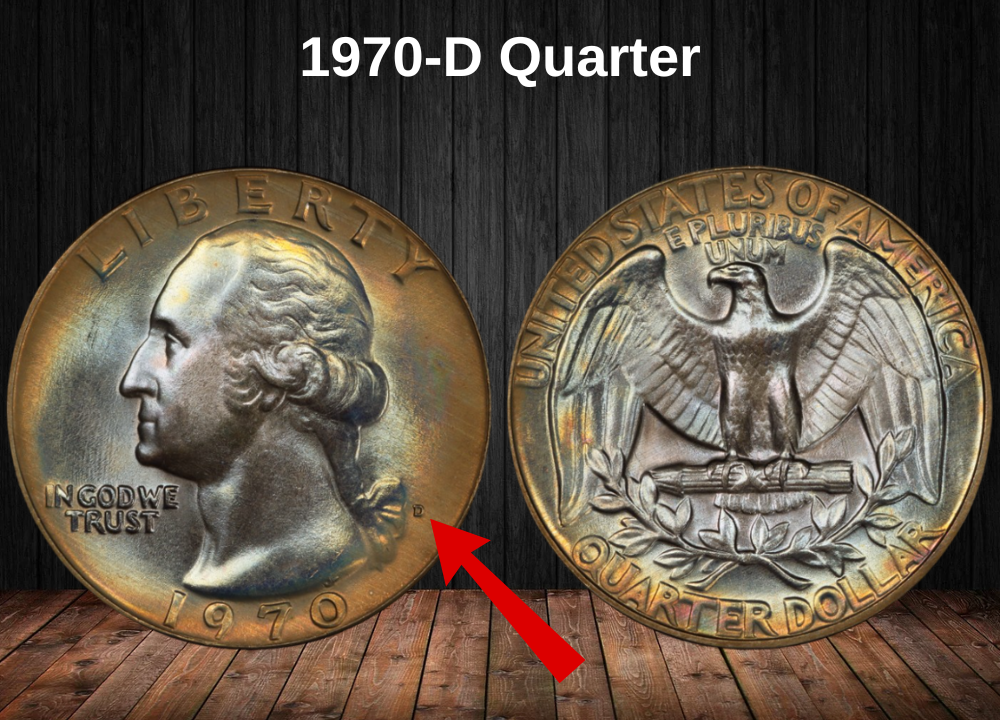
The 1970-D Washington Quarter was struck at the Denver Mint, with a massive mintage of over 417 million coins. This makes it the most common 1970 quarter by far, though as with most clad issues from the era, true value lies in high-grade mint state specimens.
Most 1970-D quarters saw heavy circulation, and even uncirculated rolls often show coins with bag marks, dull luster, or weak strikes. Because of this, MS-66 and higher examples are far scarcer than the raw mintage suggests, making them appealing to registry set collectors.
Collecting Notes
- Circulated Examples: Worth face value only ($0.25).
- Mint State (MS-65): Values begin to climb as coins with clean surfaces and strong luster become much harder to locate.
- High Grades (MS-66 to MS-67): Premiums can exceed $10–$20, and exceptionally preserved specimens may command even more.
1970-D Quarter Price/Grade Chart
| Grade | Value |
|---|---|
| Good (G-4) | $0.25 |
| Fine (F-12) | $0.29 |
| About Uncirculated (AU-50) | $0.67 |
| Mint State (MS-60 to MS-64) | $1.50 – $8.00 |
| Mint State (MS-65) | $11.00 |
| Mint State (MS-66) | $12.00 – $13.00 |
| Mint State (MS-67) | $13.00+ |
Despite the enormous mintage, the Denver issue illustrates the classic numismatic paradox: common in quantity, scarce in top quality.
1970-S Proof Quarter Value
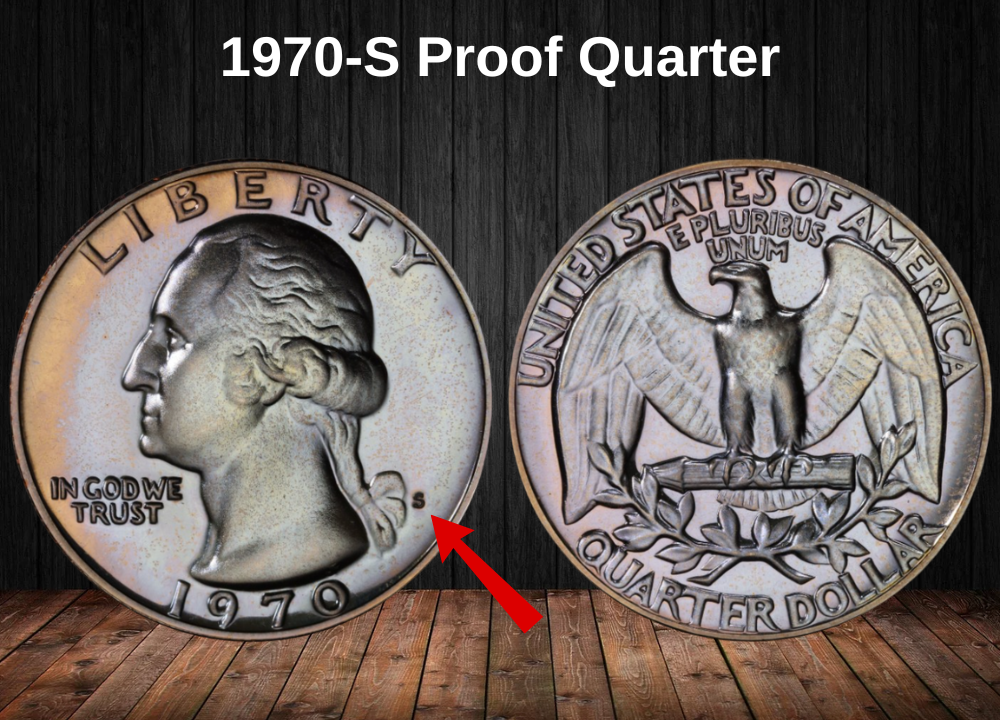
The 1970-S Proof Washington Quarter was struck at the San Francisco Mint as part of the annual proof set program. With a mintage of just over 2.6 million pieces, these coins were never intended for circulation and were sold directly to collectors.
Struck on polished planchets using specially prepared dies, these quarters exhibit the mirror-like fields and sharp details that define proof coinage. However, unlike later issues, cameo and deep cameo contrast was not as consistently achieved in 1970, meaning that many proofs from this year display only the standard brilliant finish.
Collecting Notes
- Standard Proofs (non-cameo): The most common, affordable option for collectors building proof runs of Washington quarters.
- Condition: Almost all 1970-S Proofs survive in PR-65 or better, but flawless PR-69 and PR-70 examples carry strong premiums.
- Special Designations: Coins with strong frosted devices may earn CAM or DCAM status, which significantly increases their value (covered in their own sections).
1970-S Proof Quarter Price/Grade Chart
| Grade | Value |
|---|---|
| Proof (PR-60) | $2.50 |
| Proof (PR-63) | $3.75 |
| Proof (PR-65) | $5.00 |
| Proof (PR-67) | $5.17 |
| Proof (PR-69) | $6.00+ |
While the 1970-S Proof Quarter is common in absolute numbers, top-graded examples with flawless surfaces or strong cameo contrast remain highly desirable to specialists in modern proofs.
1970-S CAM Quarter Value
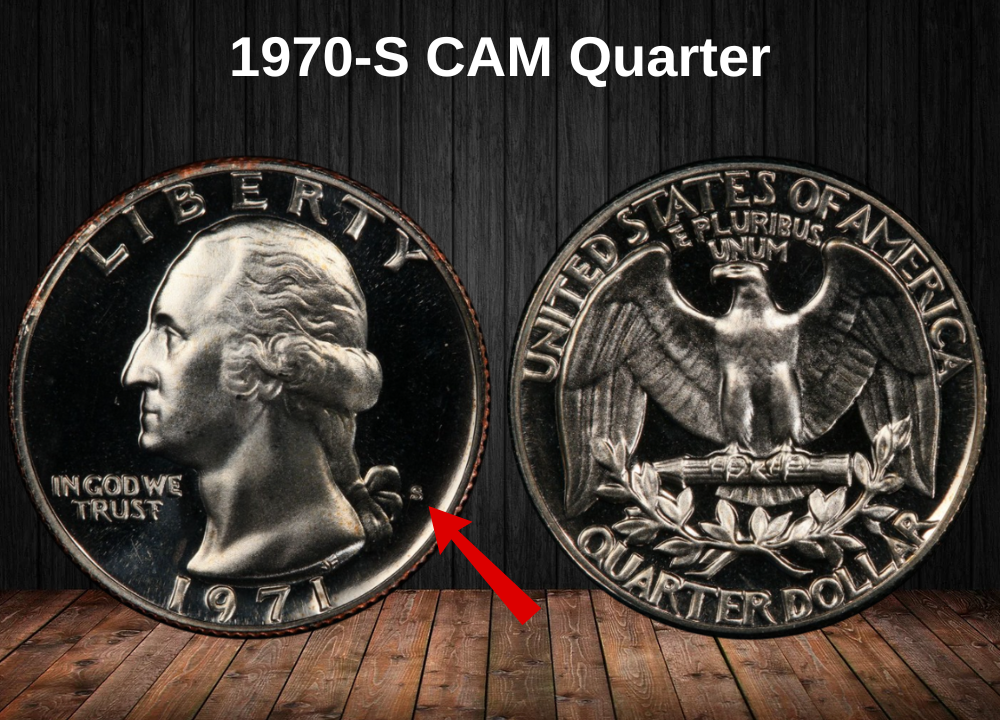
The 1970-S CAM (Cameo) Proof Washington Quarter stands out because of its striking contrast between frosted design elements and mirrored fields. This frosted effect makes George Washington’s portrait and the reverse eagle pop against the reflective background, creating strong eye appeal compared to standard proofs.
Only a portion of the 1970-S proof mintage qualifies for the Cameo designation, since it required the dies to be freshly prepared with frosted devices. As the dies wore down, later strikes lost this sharp contrast and reverted to standard proof quality.
Collecting Notes
- Scarcity: While not as rare as DCAM, 1970-S Cameo Quarters are significantly scarcer than standard proofs.
- Desirability: Collectors prize CAM examples for their superior visual quality, often paying several times the price of a normal proof.
- Grades: Most Cameo coins grade PR-65 to PR-67, but higher-grade PR-69 CAM examples are especially scarce and valuable.
1970-S CAM Quarter Price/Grade Chart
| Grade | Value |
|---|---|
| PR-63 CAM | $4.50 |
| PR-65 CAM | $6.50 |
| PR-67 CAM | $8.62 |
| PR-69 CAM | $15.00+ |
The 1970-S CAM Proof Quarter bridges the gap between ordinary proof strikes and the elite DCAMs, offering collectors a visually striking coin at a more accessible price point.
1970-S DCAM Quarter Value
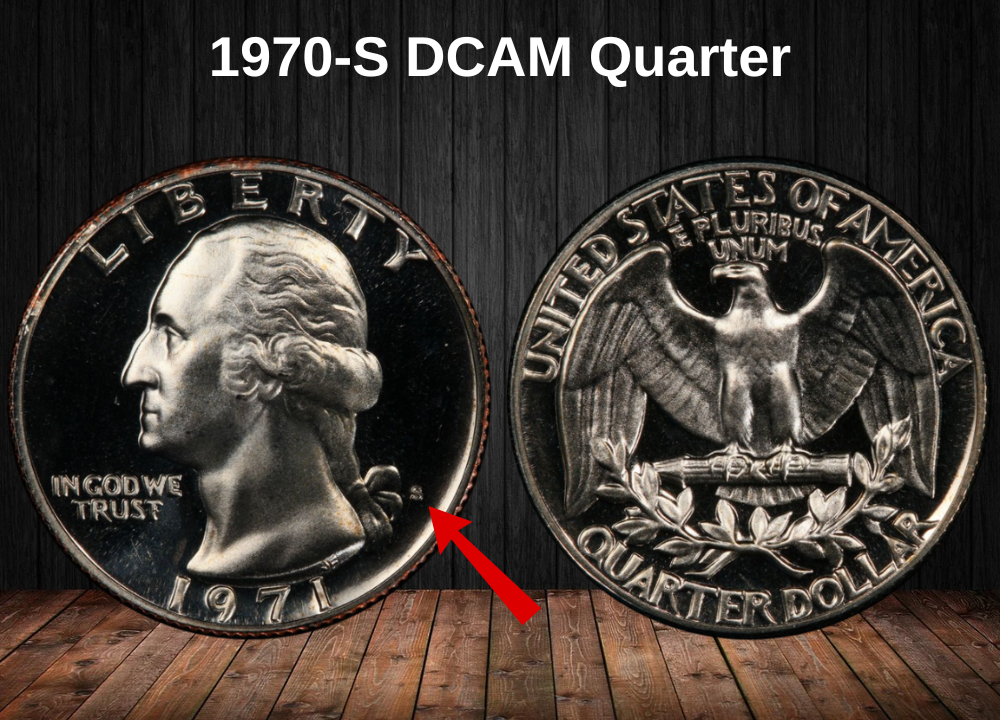
The 1970-S DCAM (Deep Cameo) Proof Washington Quarter represents the highest quality finish the Mint produced that year. These coins feature intensely frosted devices that stand out in bold relief against deeply mirrored, jet-black fields. The result is a dramatic “black and white” appearance that collectors consider the pinnacle of proof striking.
Only a small fraction of the 1970-S proofs achieved this Deep Cameo designation. It required the earliest strikes from perfectly polished dies, meaning supply was naturally limited. Over time, die wear reduced the frosted effect, leaving most proofs as standard or Cameo.
Collecting Notes
- Rarity: DCAM examples are significantly scarcer than both standard proofs and CAMs.
- Desirability: High-grade DCAM quarters are among the most sought-after modern proofs of the 1970s.
- Premiums: PR-68 and PR-69 DCAM coins bring strong auction results, with collectors paying well above the value of Cameos.
1970-S DCAM Quarter Price/Grade Chart
| Grade | Value |
|---|---|
| PR-63 DCAM | $12.00 |
| PR-65 DCAM | $16.00 |
| PR-67 DCAM | $22.50 |
| PR-69 DCAM | $60.00+ |
The 1970-S DCAM Proof Quarter is a showpiece coin: scarce, beautiful, and historically significant as part of the proof revival era after the Special Mint Set years. For collectors who demand the very best, this is the variety to own.
Rare 1970 Quarter Error List
The 1970 Washington Quarter is a fascinating year for error collectors. While most quarters of this era are common, several dramatic varieties and minting mistakes have been discovered, turning ordinary-looking coins into highly valuable treasures. Below are the most important 1970 quarter errors with updated price guides.
1. 1970-S Proof Quarter Struck on a 1941 Canadian Quarter
This is one of the most legendary U.S. mint errors. A small number of 1970-S Proof quarters were accidentally struck on silver 1941 Canadian quarter planchets. The result is a dramatic “mule” error, with elements of both designs visible.
Because fewer than five are known, these coins rank among the most valuable modern errors ever discovered.
Value Chart – 1970-S Proof Struck on 1941 Canadian Quarter
| Grade | Value Range |
|---|---|
| PR-63 | $20,000 – $25,000 |
| PR-64 | $27,000 – $32,000 |
| PR-65 | $33,000 – $35,000+ |
2. 1970-S Proof Doubled Die Obverse (DDO)
The 1970-S Proof DDO shows strong doubling in the obverse inscriptions, especially in “LIBERTY”, “IN GOD WE TRUST”, and the date. Proof coins make the doubling especially clear under magnification, and examples in CAM or DCAM finish command much higher premiums.
Value Chart – 1970-S Proof DDO
| Grade | Value Range |
|---|---|
| PR-64 | $100 – $150 |
| PR-65 | $175 – $250 |
| PR-66 | $325 – $450 |
| PR-67 | $600 – $900 |
| PR-68 | $1,200 – $1,800 |
| PR-69 CAM/DCAM | $2,000 – $3,000+ |
3. 1970-S Proof Doubled Die Reverse (DDR)
This variety features noticeable doubling on the reverse lettering, including “UNITED STATES OF AMERICA”, “E PLURIBUS UNUM”, and “QUARTER DOLLAR.” Some examples also show doubling on the eagle’s feathers and arrows.
Value Chart – 1970-S Proof DDR
| Grade | Value Range |
|---|---|
| PR-64 | $75 – $125 |
| PR-65 | $150 – $225 |
| PR-66 | $300 – $450 |
| PR-67 | $600 – $850 |
| PR-68 | $1,000 – $1,500 |
| PR-69 CAM/DCAM | $1,800 – $2,400 |
4. 1970-D Doubled Die Obverse
Though less dramatic than the San Francisco proofs, some 1970-D circulation strikes exhibit hub doubling on the obverse inscriptions. These errors are much scarcer in high mint state grades, as most coins saw heavy circulation.
Value Chart – 1970-D Doubled Die Obverse
| Grade | Value Range |
|---|---|
| VF-20 | $25 – $40 |
| EF-40 | $50 – $75 |
| AU-50 | $90 – $150 |
| MS-60 | $200 – $275 |
| MS-63 | $350 – $550 |
| MS-65 | $900 – $1,300 |
5. Off-Center Strikes
Some 1970 quarters were struck 5–50% off-center, leaving part of the blank planchet visible. Coins that retain the full date and mint mark alongside the error bring the highest premiums.
Value Chart – 1970 Off-Center Strike
| Grade | Value Range |
|---|---|
| MS-60 | $60 – $120 |
| MS-63 | $150 – $250 |
| MS-65 | $300 – $600+ |
6. Clipped Planchet Errors
These occur when a blank planchet was improperly cut, producing quarters with missing curved or straight edges. Collectors value dramatic clips or coins that also show “Blakesley effect” (weakened rim opposite the clip).
Value Chart – 1970 Clipped Planchet
| Grade | Value Range |
|---|---|
| MS-60 | $30 – $60 |
| MS-63 | $80 – $140 |
| MS-65 | $200 – $350 |
7. Broadstrike & Partial Collar Errors
When a coin is struck outside of its collar, it creates a broad, flat coin with no reeds, or a “railroad rim” effect from partial collar strikes. These are scarcer and more dramatic when fully broadstruck.
Value Chart – 1970 Broadstrike/Partial Collar
| Grade | Value Range |
|---|---|
| MS-60 | $50 – $90 |
| MS-63 | $120 – $180 |
| MS-65 | $250 – $400 |
Where to Sell Your Quarter Coin?
Now that you know the value of your quarter, the next step is deciding where to sell it. There are several trusted options—both online and in person—that can help you get the best price depending on your coin’s rarity and condition.
To see the full list of recommended places, along with their advantages and disadvantages, check our complete guide on where to sell your quarter coins.
FAQ about the 1970 Quarters
1) What is the composition of the 1970 quarter?
- Outer layers: 75% copper, 25% nickel
- Core: Pure copper
- Weight: 5.67 g
- Diameter: 24.3 mm
- Edge: Reeded with visible copper core
2) Where were 1970 quarters minted, and how many?
- Philadelphia (no mintmark): 136,420,000
- Denver (“D”): 417,341,364
- San Francisco (“S” Proof only): 2,632,810
3) Why is the 1970 quarter significant?
- It belongs to the early clad era, when minting quality often suffered.
- Proofs struck at San Francisco included special Cameo/Deep Cameo finishes.
- The 1970-S Proof Quarter Doubled Die Obverse (DDO) is one of the most famous modern doubled dies.
4) What is the value of a 1970 quarter?
- Circulated: 25¢ face value
- MS-65: $8–15
- MS-67: $150–300+
- Proof PR-65: $5–10
- Proof PR-69 DCAM: $150–250+
- 1970-S Proof DDO FS-101: $2,000–3,000+ depending on grade
5) What varieties and errors are most notable?
- 1970-S Proof DDO FS-101: Strong doubling on IN GOD WE TRUST and the date; highly prized.
- 1970-D RPMs (Repunched Mintmarks): Known and collectible.
- Off-metal errors: Rare 1970 quarters struck on leftover silver planchets from 1964 have been reported — extreme rarities worth thousands.
- Standard errors: Off-centers, broadstrikes, clipped planchets.
6) How can you tell a Proof 1970-S from a business strike?
- Proofs (San Francisco only) show mirrorlike fields and often frosted devices.
- Cameo/Deep Cameo contrast increases value significantly.
- Business strikes from Philadelphia and Denver show standard luster and wear.
7) Why do collectors value the 1970 quarter?
- It includes one of the most important 20th-century Proof doubled dies (1970-S DDO FS-101).
- High-grade MS-67 registry coins are challenging due to bag marks.
- It’s part of the first decade of clad quarters, a transition period in U.S. coinage.
- Rare transitional and error coins make 1970 a favorite year for specialists.

